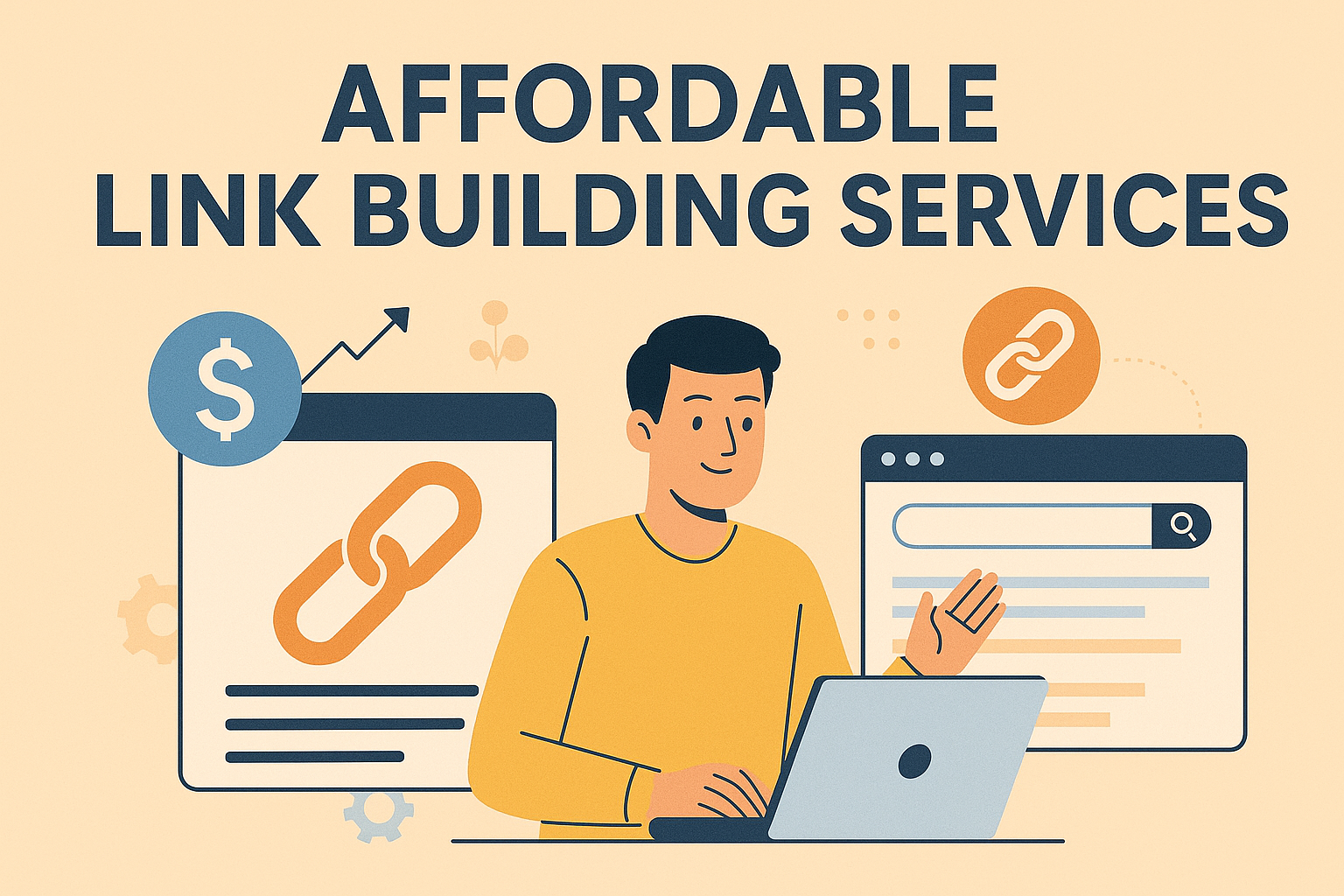When people need help with investing or retirement planning, their instinct is often to jump online to search for advice. In those cases, being easily findable is not just useful — it’s crucial. For professionals who sell financial expertise, a smart and professional digital presence can act as a 24/7 storefront, establishing credibility before a single meeting takes place.
Search engines are really just today’s Word of Mouth Communication Networks. They bring people to solutions for their problems. If your website doesn’t provide clear answers or speak to local concerns, you risk losing trust — and clients — to competitors who do. A well-organized site written in plain language not only helps users, but search engines also in understanding your value.
The financial advice field is crowded. Exception is the key, and it’s not enough to have expertise, you need strategic content that speaks to your community. Dressing up your online image to point people to services such as planning for retirement or lowering your tax liability — and using the words real people use to search — establishes meaningful connections.
Let this guide take you through some of the things you can do to increase your visibility. From getting the most from Google Business Profiles to creating content for each location, each of the following sections covers a web-based tactic you can use to drive and convert local business.
Key Takeaways
- Visibility drives trust: Being easily found online builds credibility with searchers
- Content clarity matters: Simple, focused messaging improves user and algorithm engagement
- Local focus pays off: Address region-specific financial concerns in your web copy
- Technical setup counts: Mobile-friendly design and fast loading times keep visitors engaged
- Consistency builds results: Regular updates to profiles and content boost search rankings
Introduction to Local SEO For Financial Advisors
Prospective clients now rely heavily on internet searches to find trusted experts. Search engines act like matchmakers, pairing people with solutions to their needs. If your digital presence doesn’t clearly answer questions or showcase expertise, you’ll miss opportunities to those who do.
Understanding the Digital Referral System
Imagine someone typing “retirement planning near me” into their phone. Search algorithms scan profiles, reviews, and content quality to recommend professionals. Accurate business details and location-specific keywords help algorithms understand who you serve. A well-maintained Google Business profile increases your chances of appearing in these critical moments.
Establishing Online Credibility
Trust begins before the first meeting. Inconsistent information across directories confuses both users and algorithms. One study found
businesses with complete profiles get 7x more clicks than those with missing details
. Regular updates to your website and profiles signal reliability to search engines.
Focus on clarity in every interaction. Use plain language to explain complex topics like tax strategies. This builds confidence while helping search tools categorize your services. Prioritize mobile-friendly designs—over 60% of searches happen on phones. If you’re running campaigns across multiple search engines, using a Bing SERP checker can help monitor local rankings beyond Google.
Understanding the Competitive Financial Advisory Landscape
With over 330,000 professionals offering wealth management services nationwide, standing out requires more than expertise. Clients compare options faster than ever, making strategic online positioning critical for growth.
Why Search Visibility Drives Growth
Nearly 75% of users never scroll past the first page of results. Optimized service pages that answer common questions like “how to diversify investments” or “college savings plans” build authority. A study by BrightEdge found. Incorporating a backlink bot into your SEO toolkit allows for continuous monitoring and better decision-making based on comprehensive backlink data.
Websites using targeted keywords in headers rank 36% higher than competitors
Structured content with clear headings helps search engines categorize your offerings. Pair this with mobile-friendly designs—62% of users abandon slow-loading sites.
Capturing Nearby Client Opportunities
Location-based searches like “estate planning experts in [City]” surged 150% last year. Ensure your business listings include:
| Element | Impact | Example |
|---|---|---|
| Service area tags | +40% local visibility | “Retirement planning services in Dallas” |
| NAP consistency | +28% trust signals | Matching address/phone across directories |
| Geo-specific blogs | +33% engagement | “Texas tax law changes for 2024” |
Regularly updating blog posts with regional insights keeps your content relevant. Tools like Google Trends help identify rising search phrases in your area. Advisors working with agencies or freelancers should explore this backlink tracking tool for agencies to streamline client reporting.
Building a Robust Online Presence
A professional website acts as your digital handshake. It sets the tone for client relationships before meetings begin. To earn trust, every element must work together—like a well-tuned engine driving visibility and credibility.
Essential Website Elements for Trust
Speed and safety are the foundation. Pages that take longer than3 seconds to load shed 40% of visitors. Encryption with HTTPS isn’t an option — browsers slap big warning labels on unsecured sites, scaring off users. Industry research confirms:
Websites with prominent contact information generate 35% more leads than those that don’t.
Show your name and degree at a large size. Employing easy-to-understand navigation to help visitors to find answers quickly. Don’t use stock photos — real team images create trust.
| Feature | Impact |
|---|---|
| Mobile-responsive design | +50% engagement |
| Service-specific pages | +28% time on site |
| Client testimonials | +45% trust signals |
Integrating Business Profiles and Directories
Consistency drives discoverability. Keep your name, phone number, and address consistent across platforms such as Yelp and industry directories. Discrepant information confuses algorithms, which can harm rankings.
Refresh profiles every three months with new content. Share blogs about local, tax changes, or market trends. These efforts are also a sign of active expertise building which will help your organic results over time.
Weekly scan of review sites. Displaying the fact that you are promptly responding to feedback demonstrates dedication, an important ingredient in local search rankings. Combine this with quarterly website audits to keep the ball rolling. To stay organized with multiple financial listings, use our SEO Kickstarter tool to build a foundational link profile quickly.
If you’re targeting clients in the finance sector, understanding how to build financial backlinks can help increase your rankings in niche directories and high-authority financial websites.
On-Page SEO Optimization for Financial Advisors
Your website’s content acts as both a conversation starter and a conversion tool. When crafted thoughtfully, it answers questions while guiding visitors toward meaningful actions. Let’s explore how strategic tweaks can elevate your digital materials.
Strategic Keyword Research and Placement
Start by identifying phrases your ideal clients use. Tools like AnswerThePublic reveal questions like “how to protect retirement savings” or “best college fund strategies.” Location-based terms add specificity—think “tax-efficient investing in Austin” instead of generic phrases. Our Huntsville SEO services specialize in helping Alabama businesses dominate local search.
Place these keywords naturally in headers and opening paragraphs. Search algorithms prioritize content that matches user intent. As one industry report notes:
Pages using keywords in the first 100 words rank 22% higher in search results
| Keyword Type | Example | Usage Tip |
|---|---|---|
| Primary | “wealth management” | Use in H1/H2 tags |
| Long-tail | “inheritance planning for families” | Include in FAQs |
| Localized | “Chicago retirement advisor” | Add to service pages |
Effective Content Structure and Readability
Break complex ideas into digestible chunks. Short paragraphs with clear subheadings keep readers engaged. Use bullet points to explain investment strategies or fee structures. Tools like Hemingway Editor help simplify language to a 9th-grade level. Don’t overlook anchor text—especially in niche finance topics. This anchor text analyzer can keep your local SEO efforts natural and diversified.
Refresh older blog posts with current data and internal links. A 2023 HubSpot study found:
Updated articles gain 35% more organic traffic than static content
Pair text with charts or infographics. Visual aids improve comprehension while reducing bounce rates. Always test mobile layouts—over 60% of users read on phones.
Off-Page SEO, Backlinks, and Social Media Strategies
Building authority online isn’t just about your website—it’s about what others say about you across the web. Off-page tactics create third-party validation that search engines reward with higher rankings. This digital endorsement system works best when combining earned media with strategic social engagement.
When optimizing your site’s visual presentation, it’s crucial to follow effective CSS rules for SEO to ensure search engine compatibility.
Building High-Quality Backlinks
Links from trusted sources act like expert recommendations. A backlink from a .gov site or industry publication carries more weight than dozens of low-quality connections. Focus on creating shareable resources like market analysis reports or retirement planning templates. As one study notes:
Websites with 10+ authoritative backlinks see 45% higher domain authority scores
Collaborate with local universities or finance blogs for guest posts. These partnerships boost credibility while aligning with regional search queries.
Leveraging Social Media for Enhanced Visibility
Platforms like LinkedIn and Twitter amplify your reach beyond website visitors. Share bite-sized tips from your blog posts using visuals like pie charts or infographics. Tagging relevant organizations in posts can spark conversations with potential referral partners.
| Platform | Strategy | Impact |
|---|---|---|
| Publish long-form articles | +32% profile views | |
| Engage with trending finance topics | +28% click-throughs | |
| Host live Q&A sessions | +41% community growth |
Sync your social bios with your business profile details to reinforce brand consistency. Regular interaction builds relationships that often translate into website traffic and client referrals. If you’ve previously engaged in aggressive link building, a disavow generator tool can help clean up harmful links and protect your reputation.
Technical SEO Essentials for a User-Friendly Website
A fast, secure website acts as your digital foundation. While content and design attract visitors, technical elements determine whether they stay. These behind-the-scenes details impact rankings and user satisfaction equally.
Speed Meets Responsiveness
Users on the go want it now. Pages that take more than 3 seconds to load shed 53% of visitors. Ensure that the images are compressed by keeping a balance between file size and quality. Performance is also a factor due to code bloat, which tools like Google PageSpeed Insights can pick up. Understanding the unique marketing needs of this industry, we crafted a guide on increasing online reach for funeral service businesses.
It’s the equivalent of making all of your layouts responsive. Test how your retirement planning calculators or contact forms look on tablets. 53% of people will leave your website if they have to zoom or scroll left & right.
Security Builds Confidence
HTTPS encryption protects client data during form submissions. Browsers display warning icons for unsecured sites—a trust killer. Migrating from HTTP takes under an hour with most hosting providers.
Websites using HTTPS receive 34% more form submissions than unsecured counterparts
Display security badges near login areas or document portals. Regular SSL certificate checks prevent expiration-related downtime.
| Technical Element | Action | Impact |
|---|---|---|
| Image Optimization | Compress PNG/JPG files | +40% load speed |
| SSL Certificate | Enable HTTPS | +28% user trust |
| Cache Settings | Leverage browser caching | -50% server load |
Google Business Profile and Local Directories
Your digital listings often form the first impression for potential clients. Inaccurate or outdated information creates confusion, while polished profiles build credibility. Nearly 68% of users abandon business listings with missing details, according to recent consumer surveys. For those shifting domains or rebranding, read this guide on CRO and domain migration to avoid losing local search momentum.
Optimizing Your Google My Business Listing
Complete every profile field thoroughly. Select specific categories like “retirement planning services” instead of generic terms. Add high-quality photos showing your office and team—profiles with images receive 42% more requests for directions.
Businesses updating their listings weekly see 37% more website visits than those with static profiles
| Element | Best Practice | Impact |
|---|---|---|
| Profile Completeness | Fill all 10 core fields | +55% visibility |
| Service Categories | Choose 3-5 specific tags | +28% relevant traffic |
| Posts & Updates | Share quarterly market insights | +33% engagement |
| Review Responses | Reply within 48 hours | +19% trust signals |
Consistency Across Online Listings
Search algorithms get confused by mismatched phone numbers or addresses. Leverage tools like Moz Local to audit 50+ directories at once. Accurate variations of your business name — even slight typos can be harmful to discoverability. Financial advisors using outreach should also align their branding; here’s how to change your email signature in Outreach effectively.
Sync operating hours from your phone to your desktop. Holiday hour updates avoid angry calls. 4. List designations such as CFP® or CFA® consistently to build a strong expertise platform.
Review sites once a month. You can thank reviewers directly and deal with any concerns professionally. This initiative increases visibility and builds up client relationships in the long-run.
Crafting Content that Answers Client Questions
People seeking guidance want answers quickly—your content should meet them where they search. By transforming existing materials into fresh formats, you create multiple touchpoints that build trust and visibility.
Repurposing Existing Content into Engaging Formats
Turn past webinars into bite-sized video tutorials. Convert email newsletters into downloadable checklists. This approach saves time while reaching audiences who prefer different learning styles. Research shows:
Repurposed content generates 3x more organic traffic than single-use pieces
| Original Content | New Format | Benefit |
|---|---|---|
| Client Q&A calls | Podcast episodes | +25% audience reach |
| Market reports | Infographics | +40% social shares |
| Workshop slides | YouTube shorts | +33% mobile views |
Optimize for phone users by adding closed captions to videos. Mention service areas naturally when discussing case studies.
Creating In-Depth Blog Posts and FAQs
Address common concerns like “How often should I review my portfolio?” or “What’s the best way to contact you?” Use real questions from client calls to shape your articles. Structure posts with clear headers:
- Problem statement
- Step-by-step solutions
- Actionable next steps
Update older posts with current regulations or contact methods. Websites that refresh content quarterly see 28% higher rankings for competitive keywords. Keep advice practical—readers appreciate clarity over jargon. If you’re scaling link building for multiple locations, compare approaches in manual link building vs automated tools.
Conclusion
Crafting a world-class digital presence is as much about strategy as it is about the details. The interplay of the three-fold strategy of technical improvement, content optimization, and directory supervision provides a depth that is suited to both client needs and increased discoverability. It’s for professionals who offer services, like retirement planning, and this even-handed approach helps turn casual searches into lasting relationships.
Actionable insights come from when you treat online profiles as extensions of your expertise. Fresh Google listings and matched directory entries are ’digital handshakes,’ while blogs addressing local financial int. interests prove relevance. Routine maintainence of these items will keep your guidance front-and-center.
Practice is more important than perfection. Begin by auditing your website speed and business address consistency. Slowly begin to add the retirement-related adjectives to service pages and client success stories. These actions add up, over time, to build organic traffic and better search results.
The journey doesn’t end here. Continue to Yo-Yo on algorithm updates and new platforms. Maybe try connecting with specialists to fine-tune your strategy—experience can lead to new, sometimes hidden, options. If you are persistent, your digital footprint will be something your clients go back to again and again.


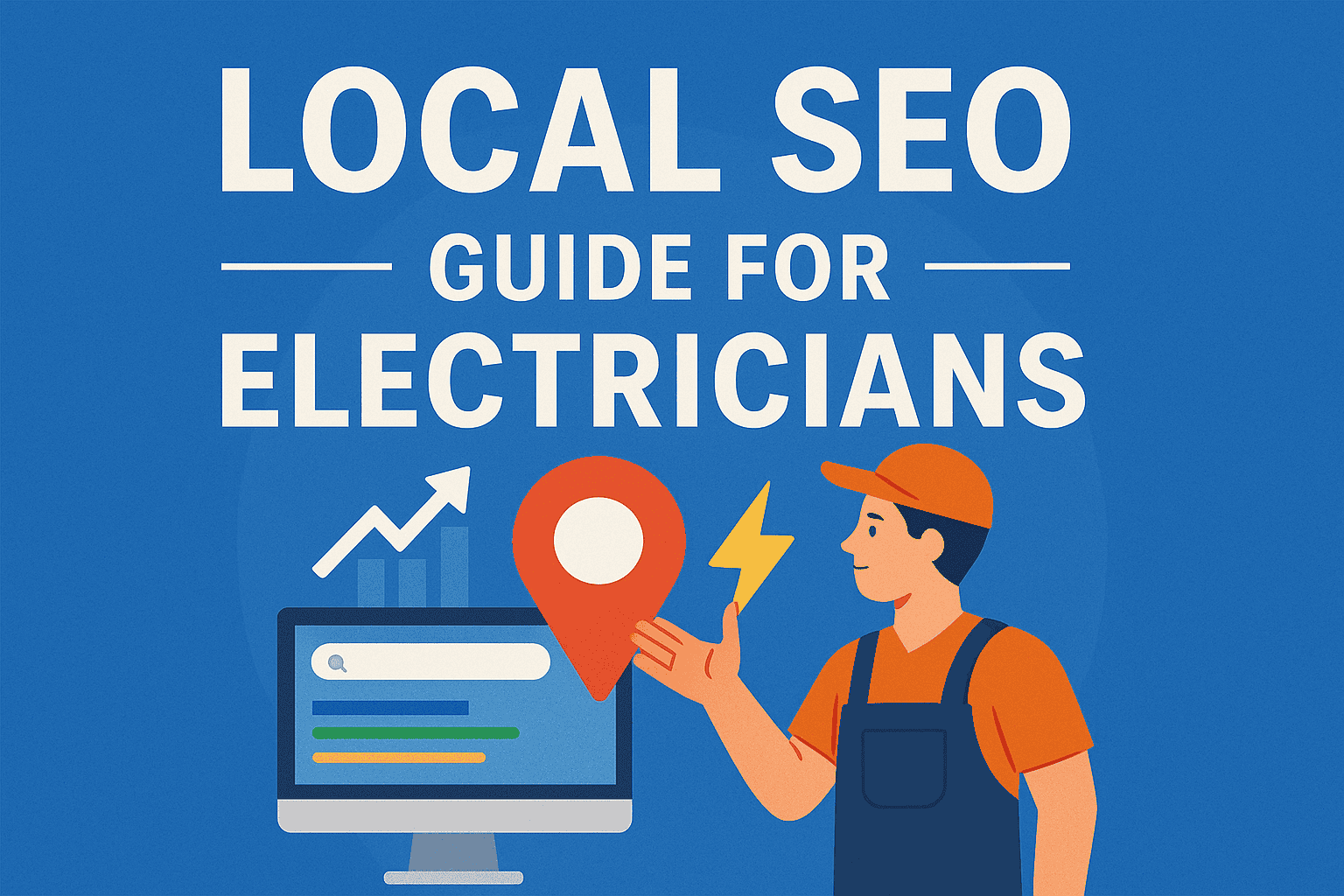




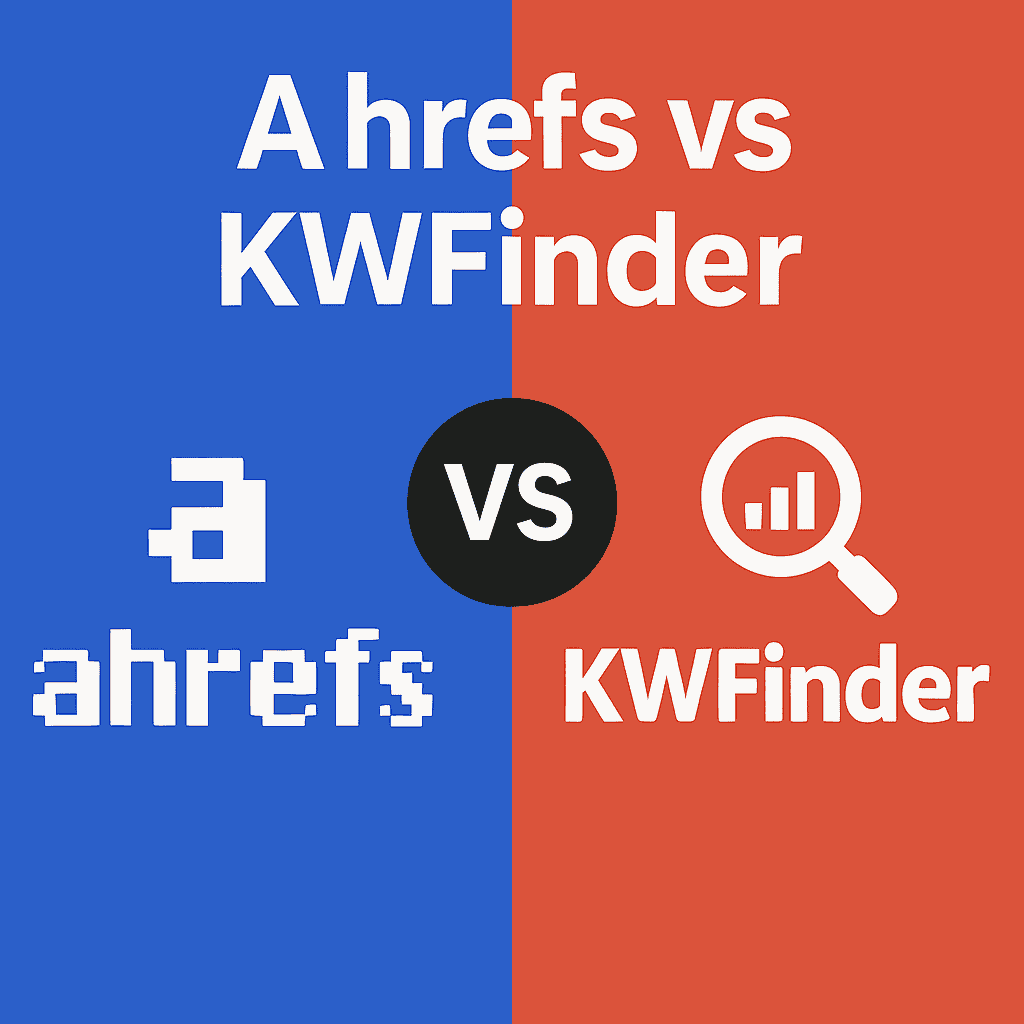





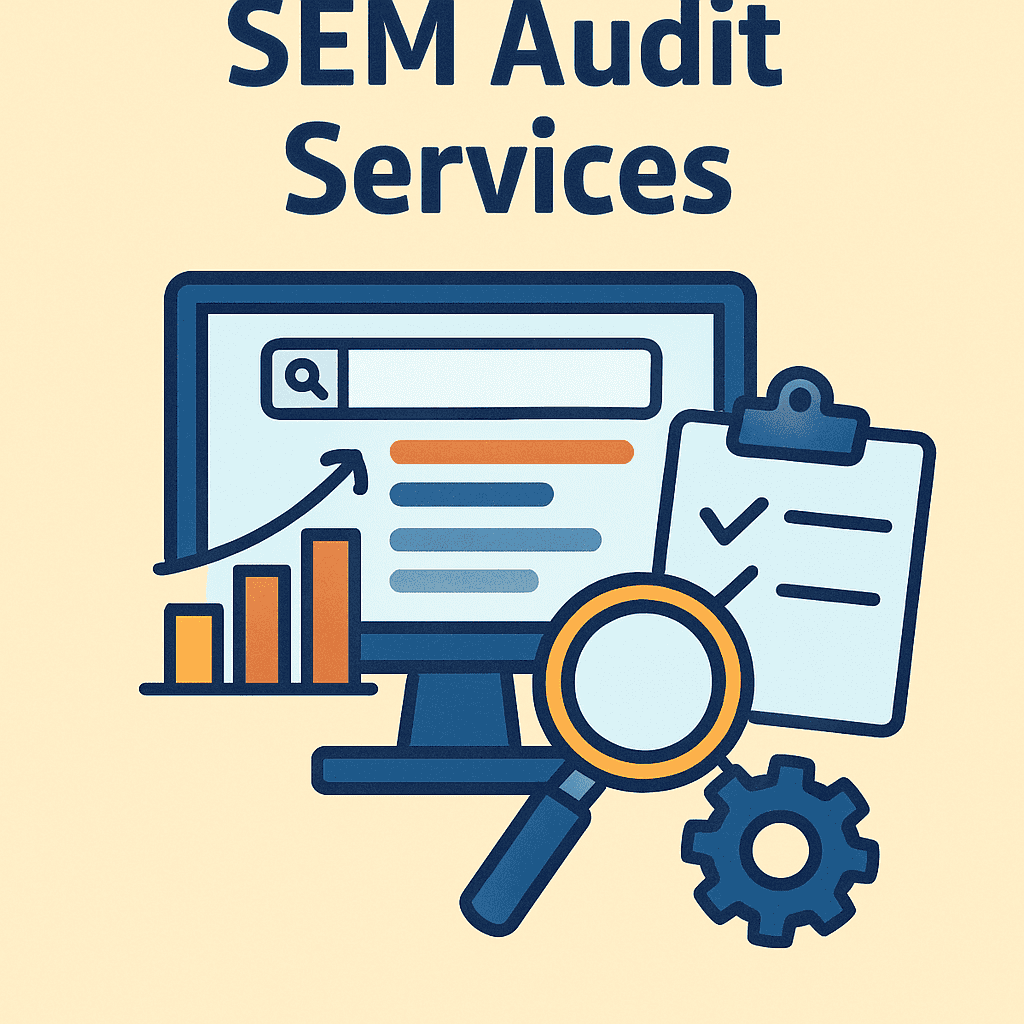







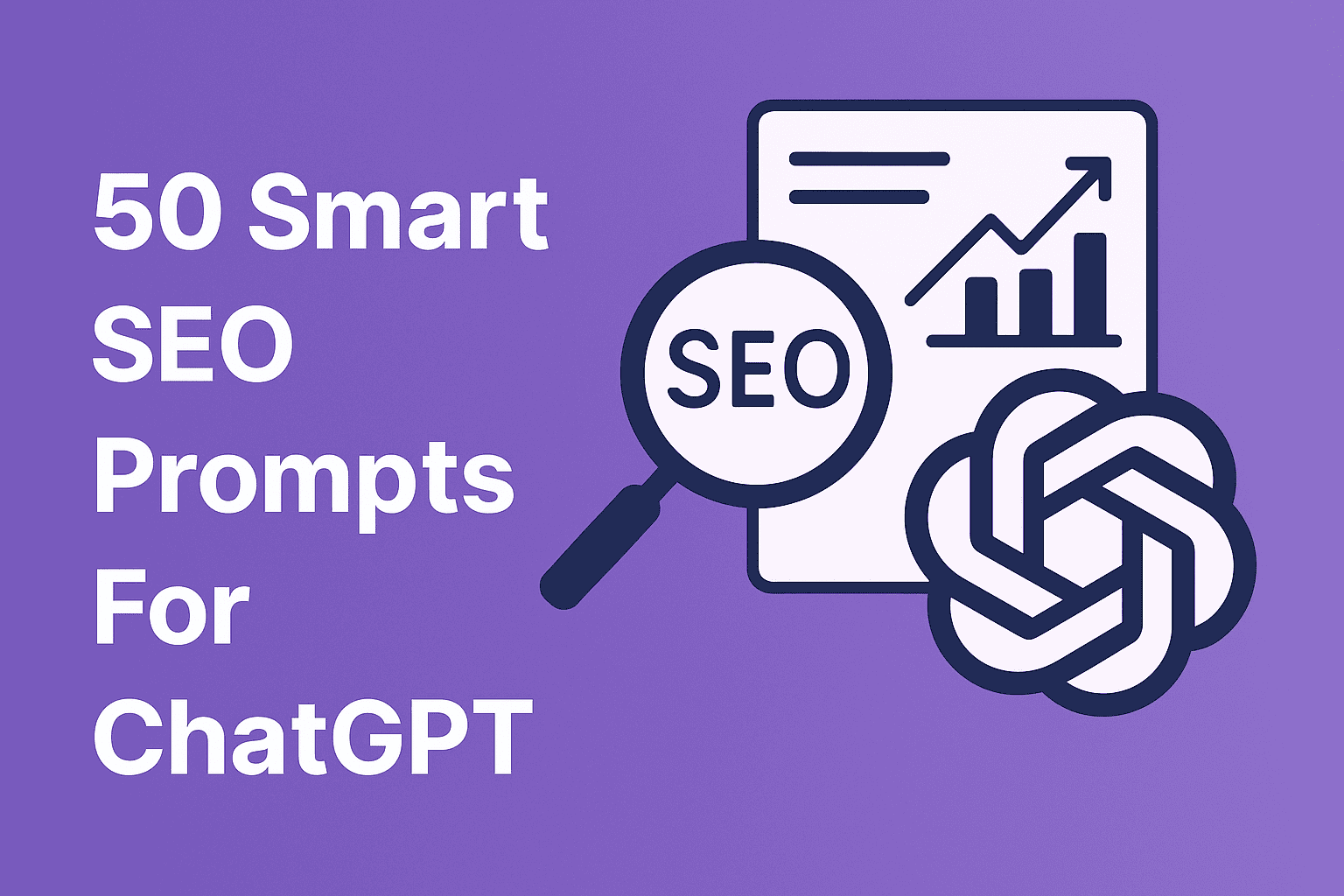


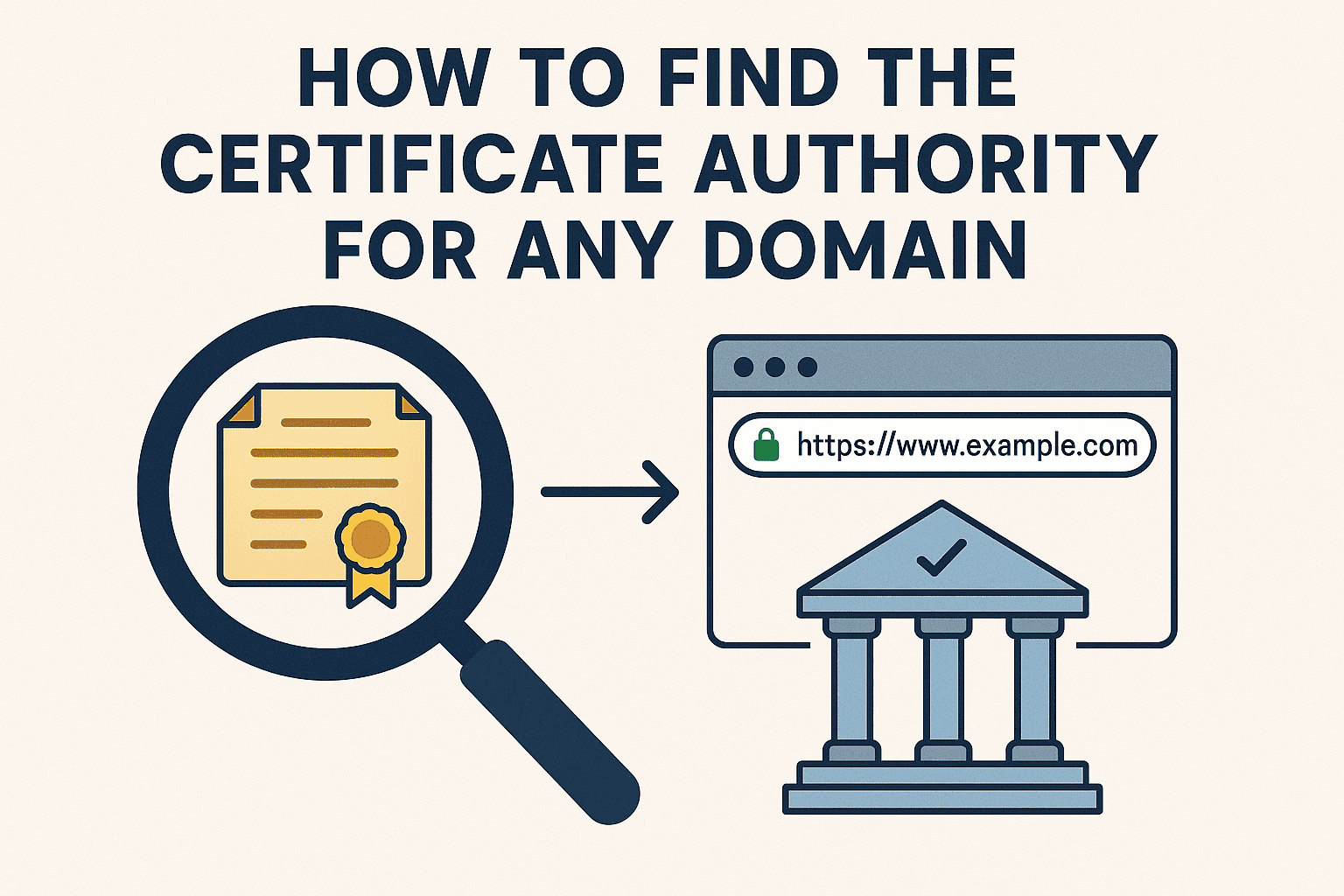


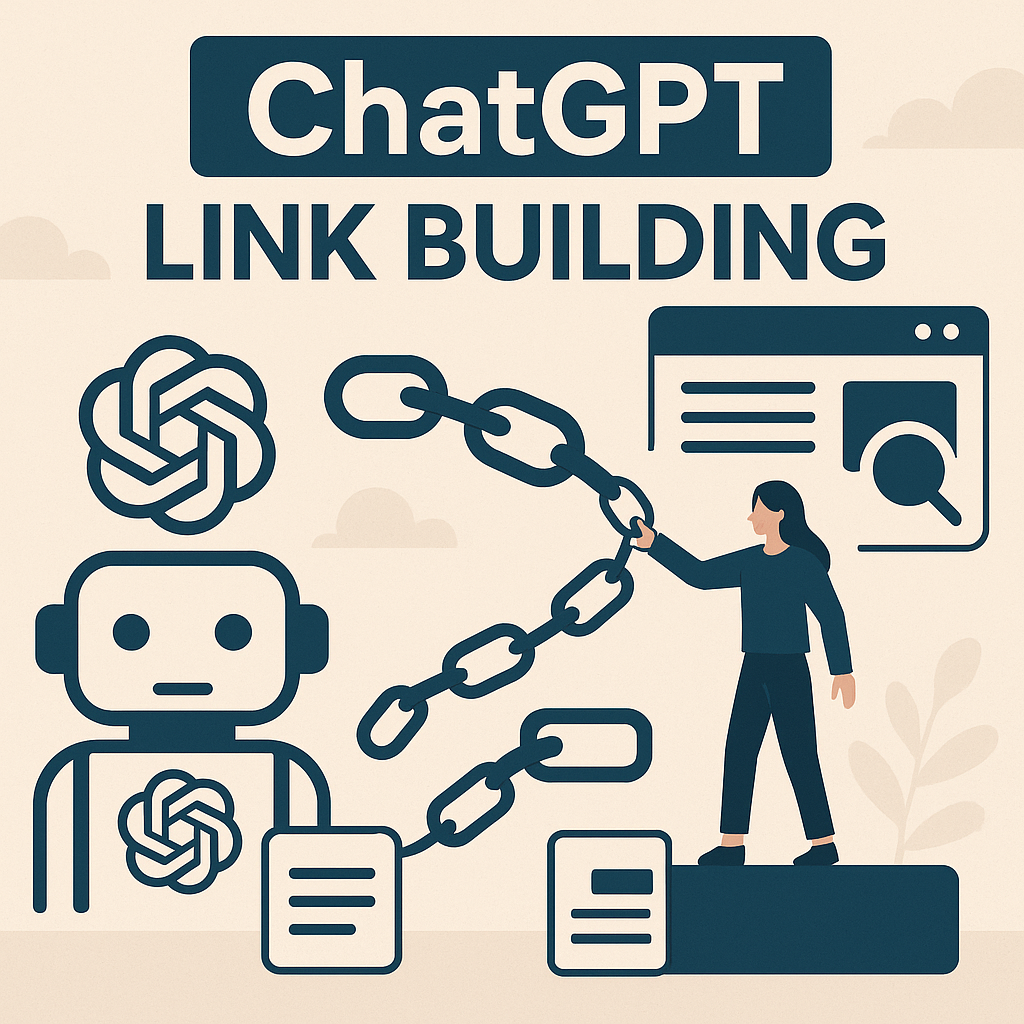
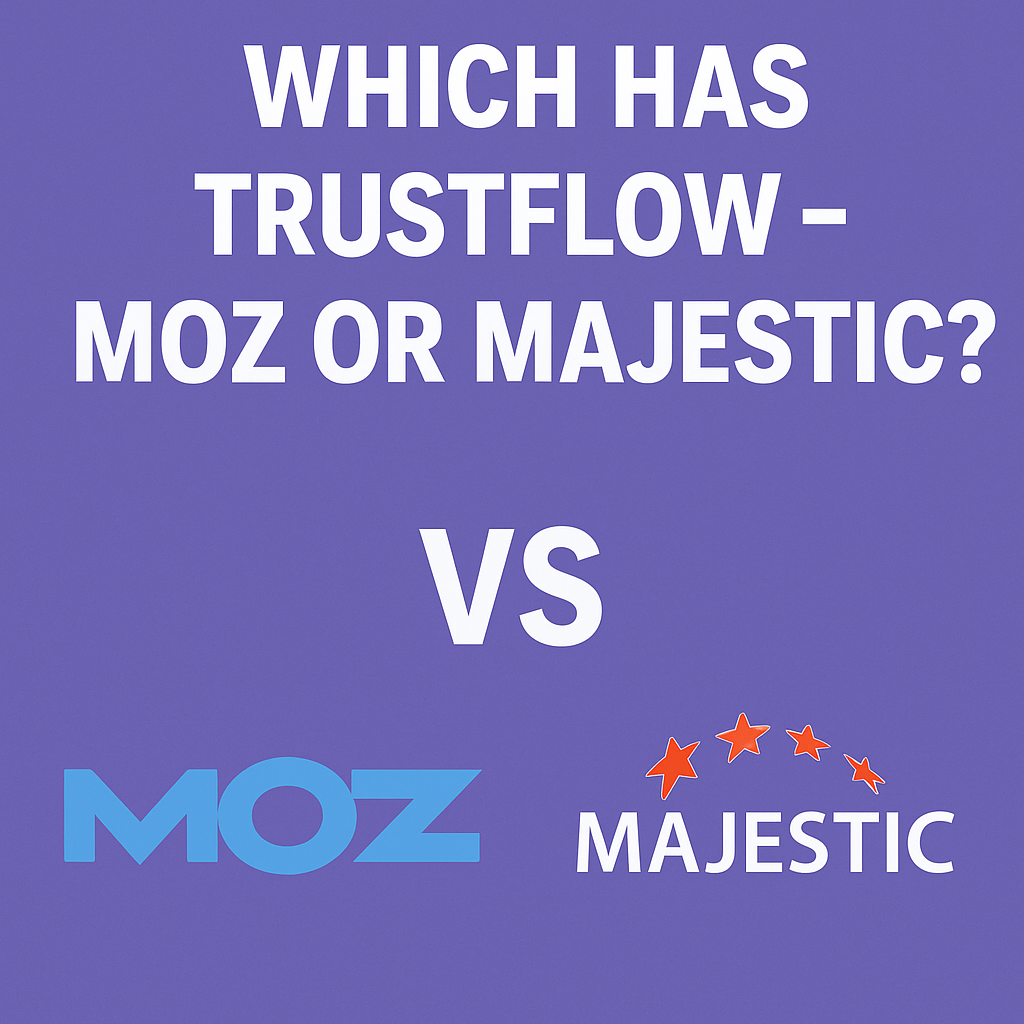
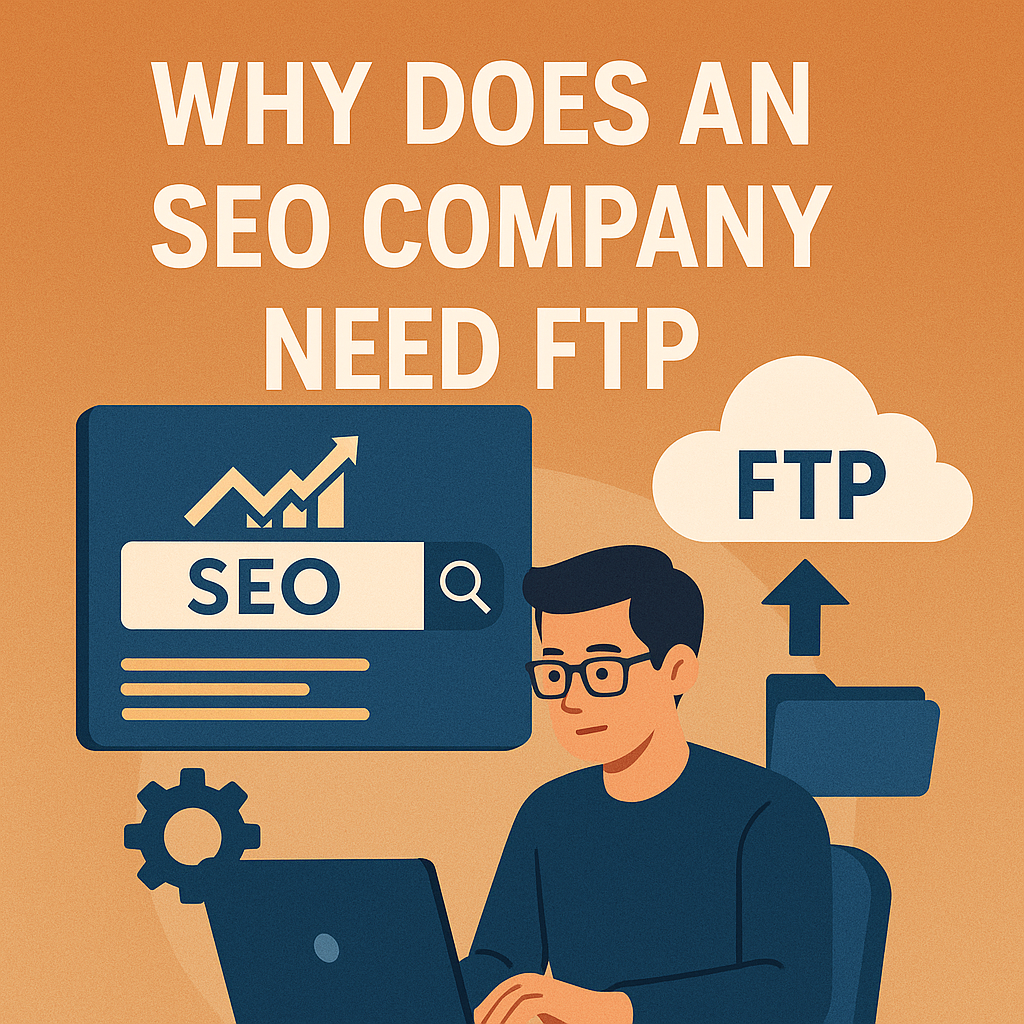
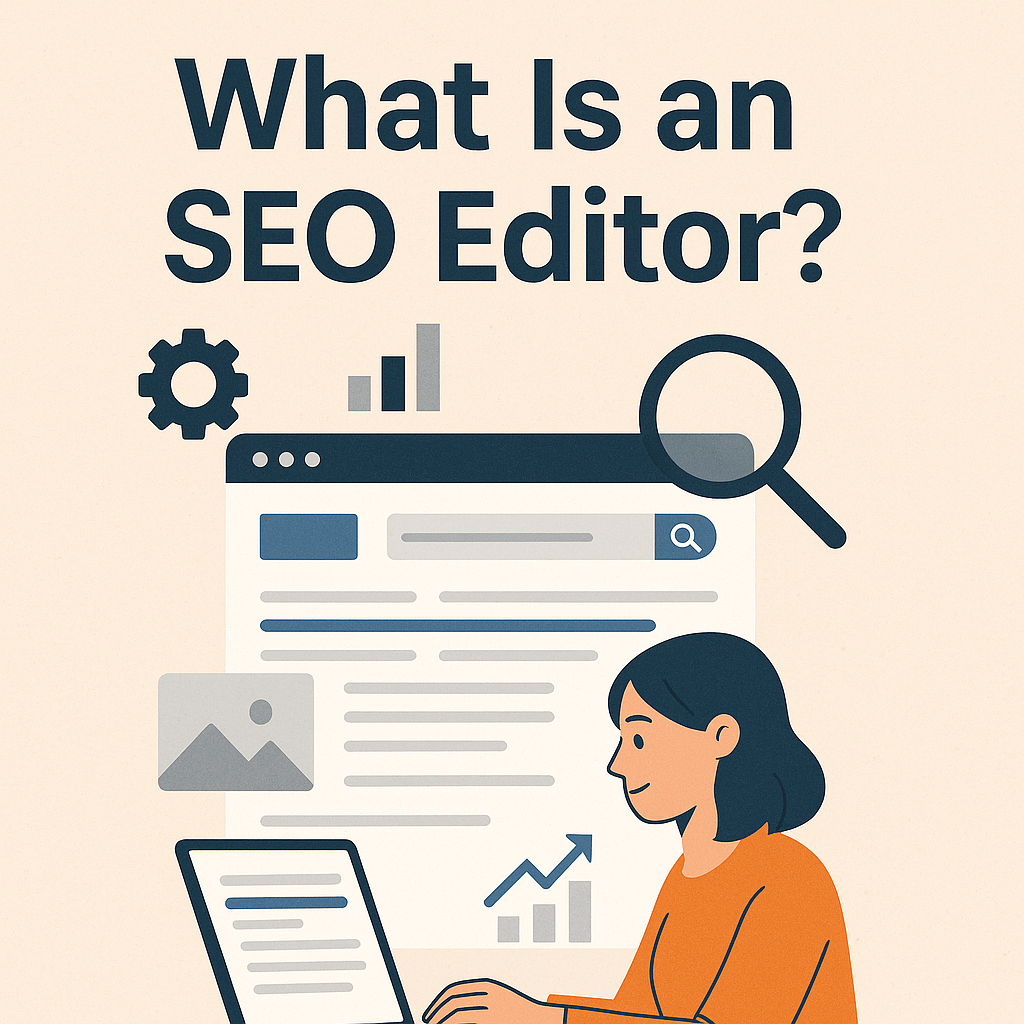
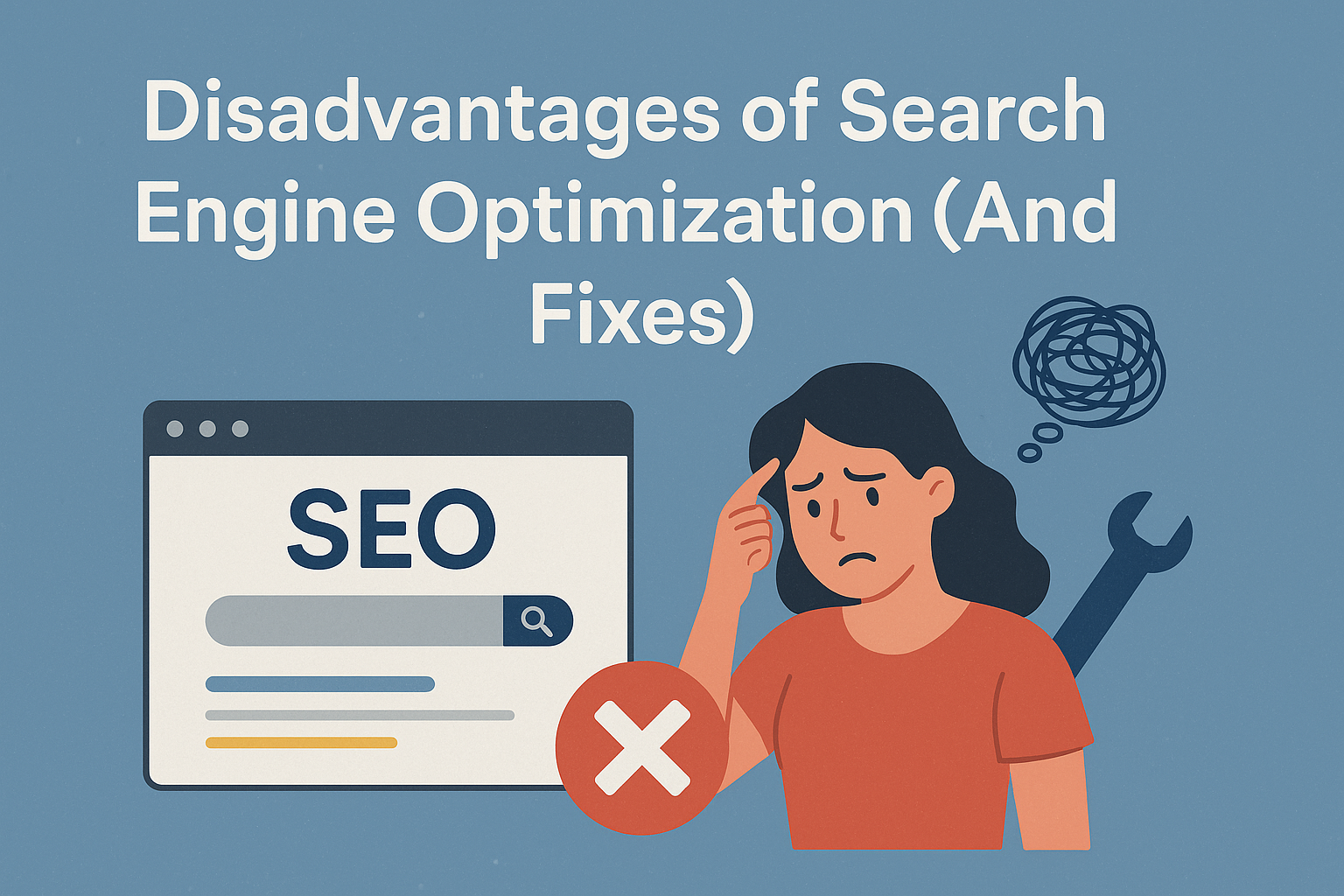

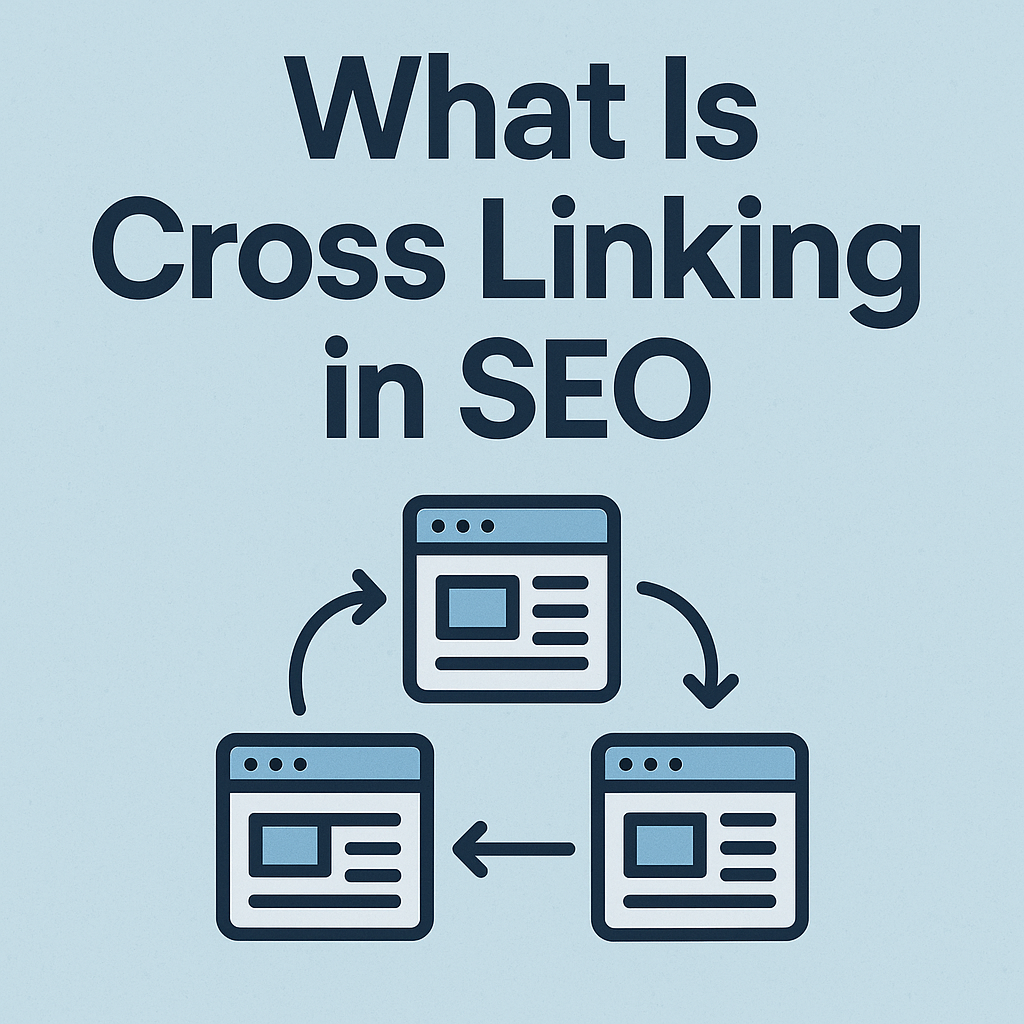

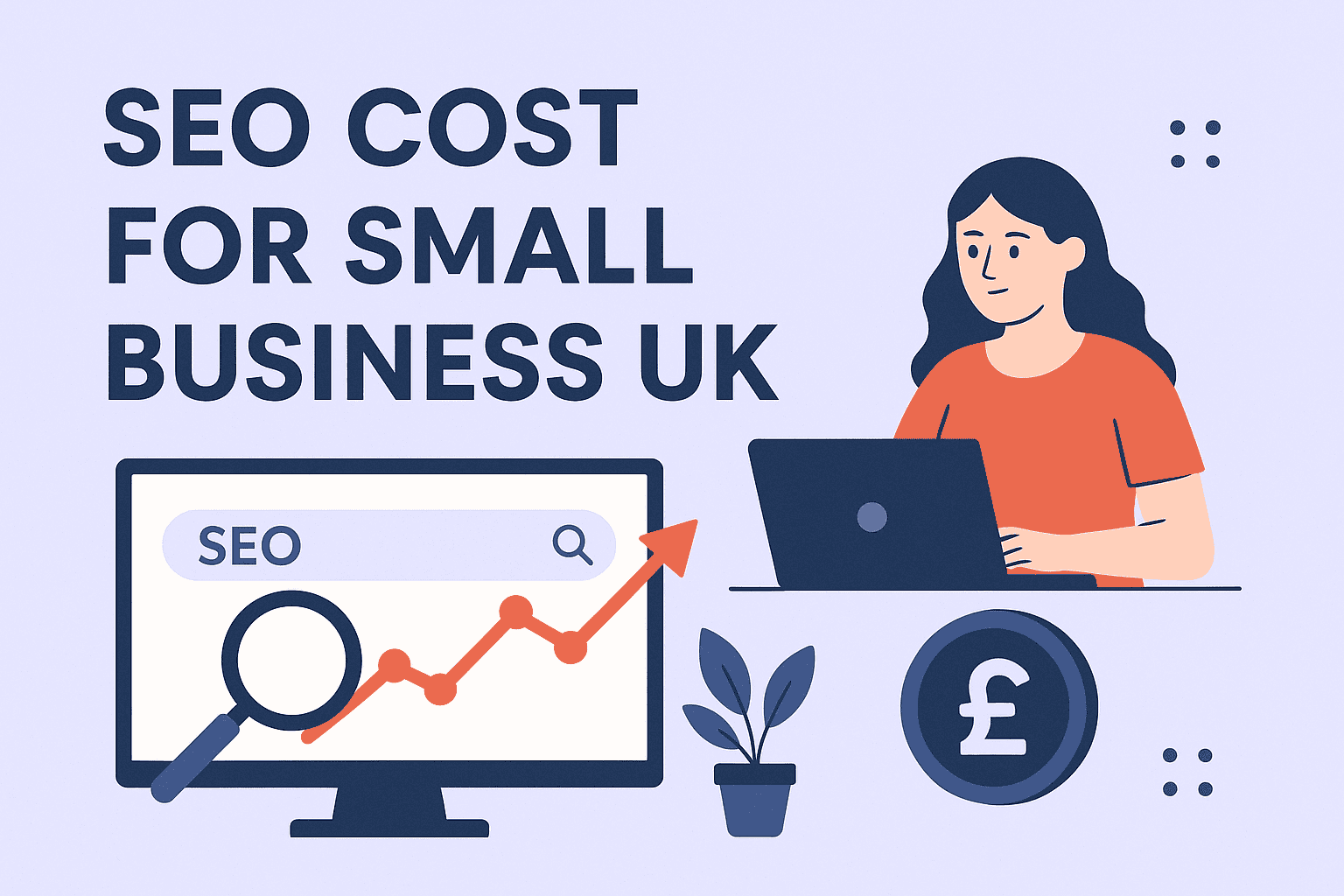
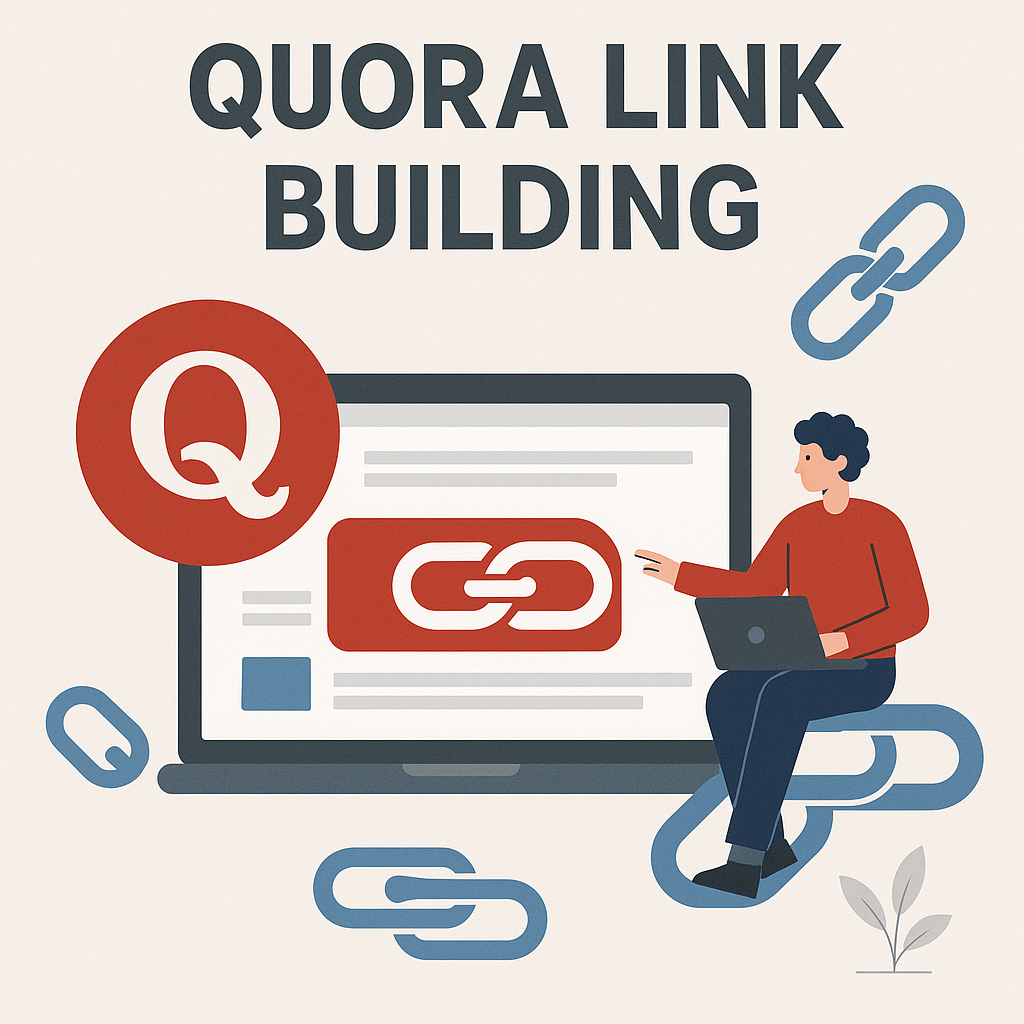
![How Many Outbound Links Per Blog [2025 Updated]](https://backlinkmanagement.io/wp-content/uploads/2025/06/How-Many-Outbound-Links-Per-Blog.png)
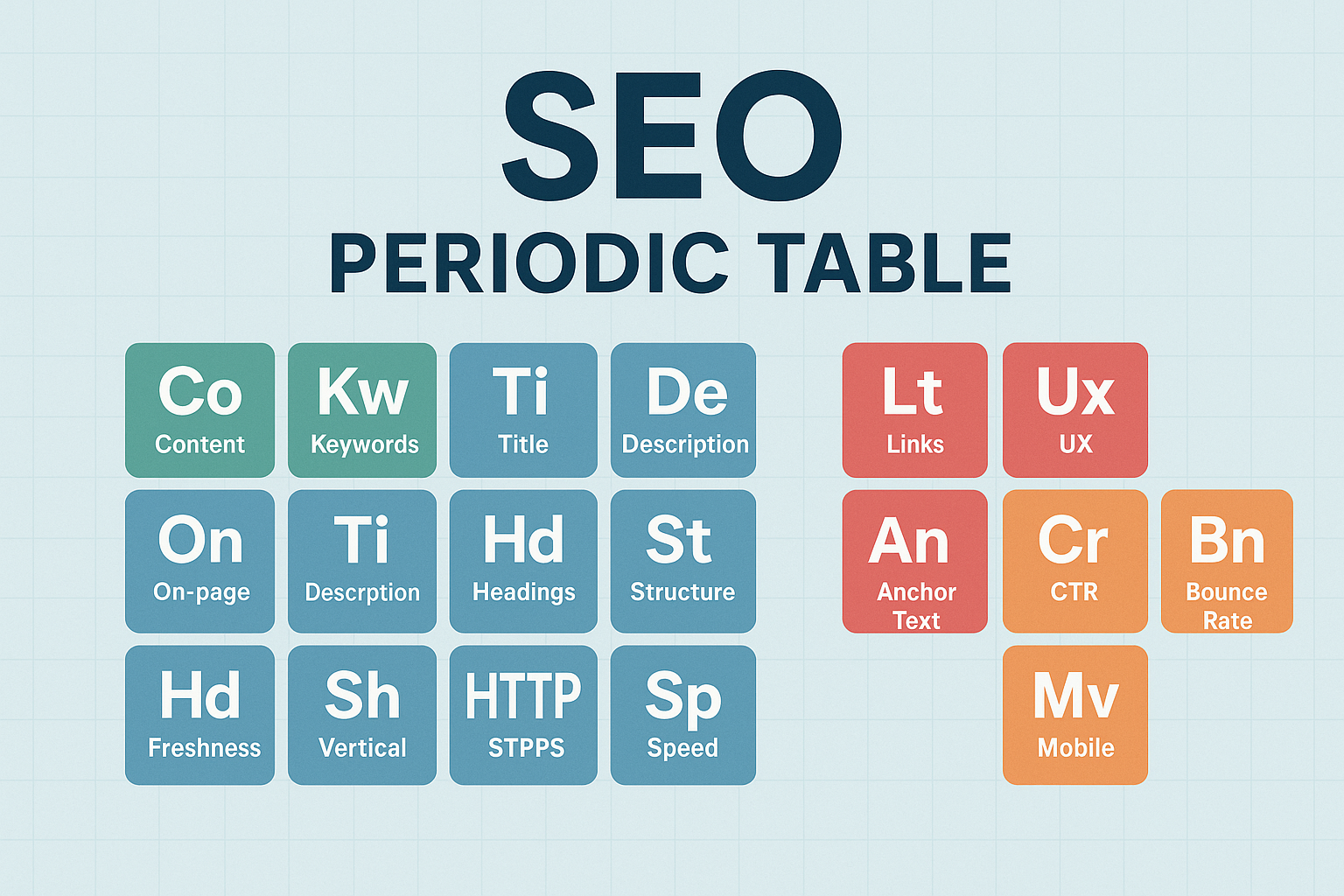


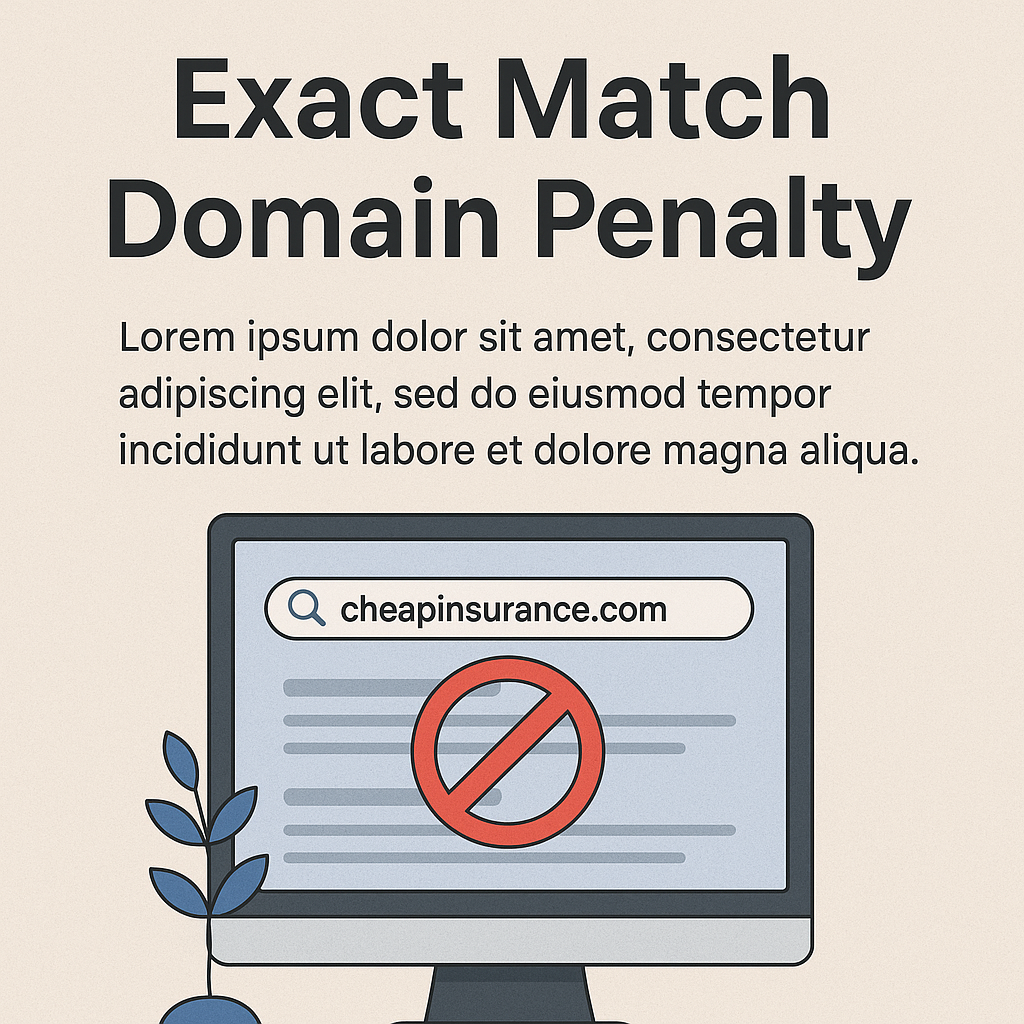
![B2B and B2C Website Examples [2025 Updated]](https://backlinkmanagement.io/wp-content/uploads/2025/05/B2B-and-B2C-Website-Example-.png)
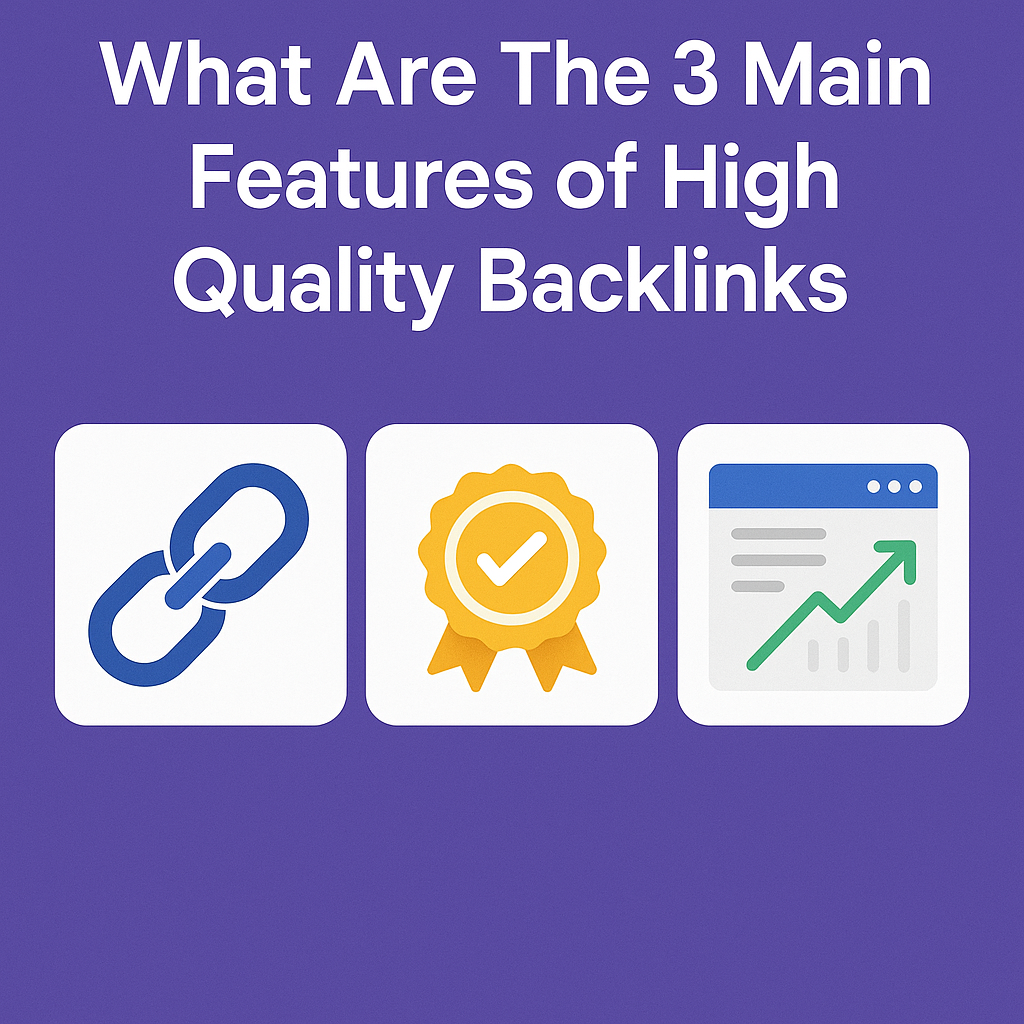
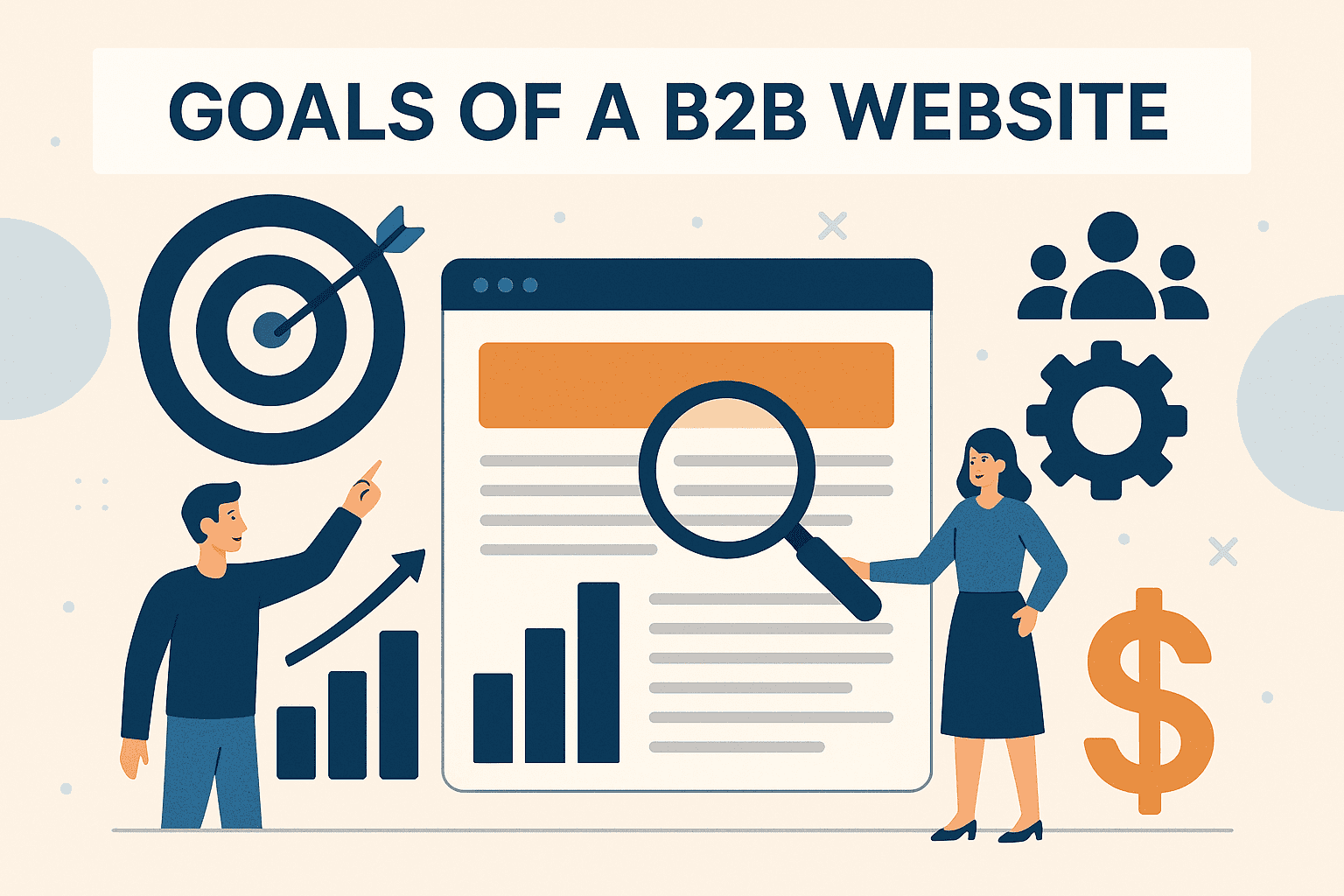

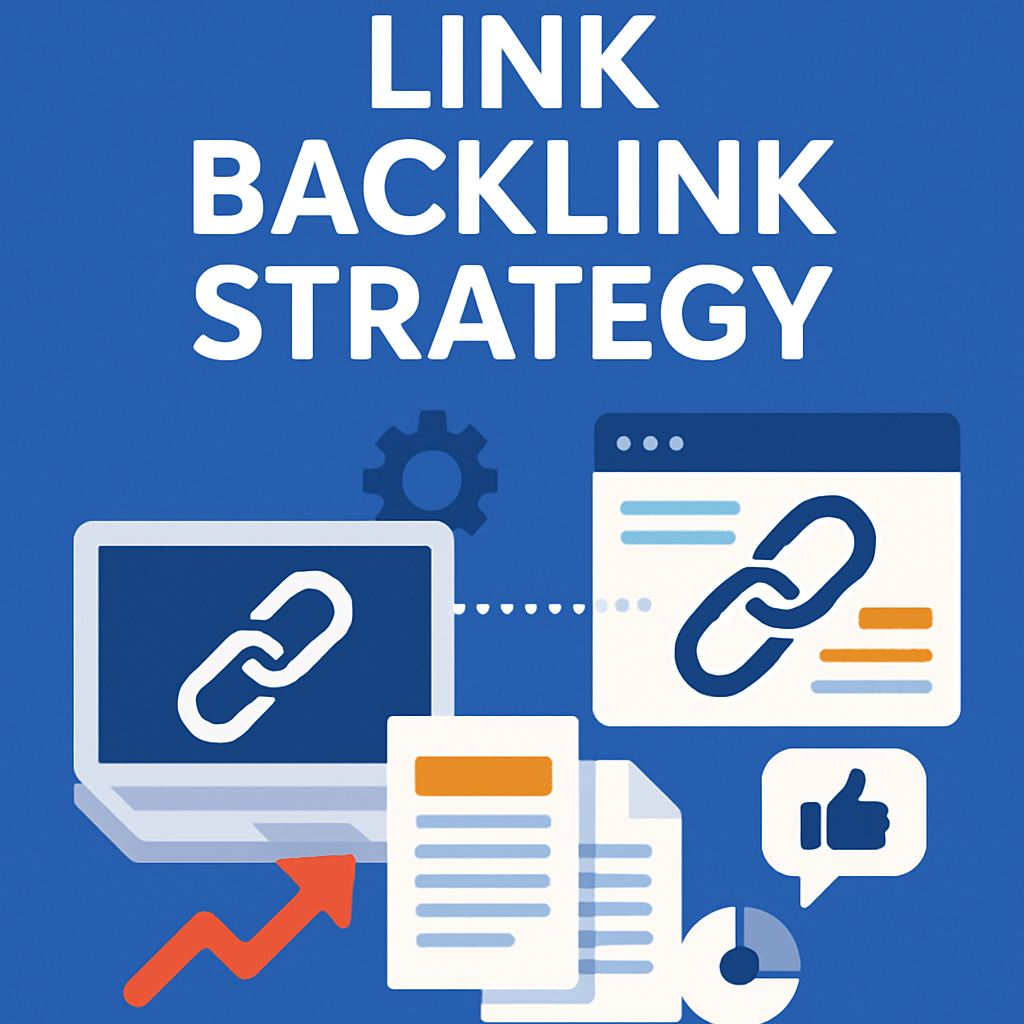
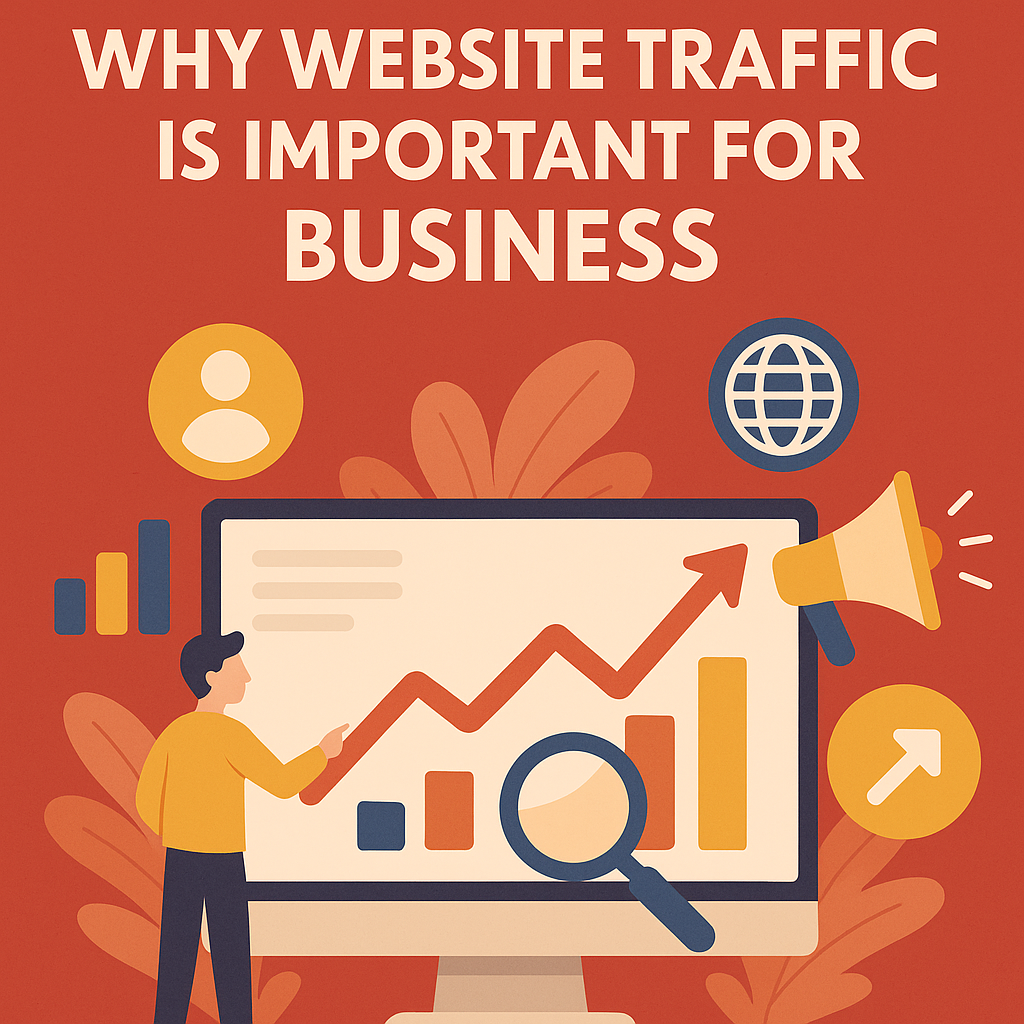
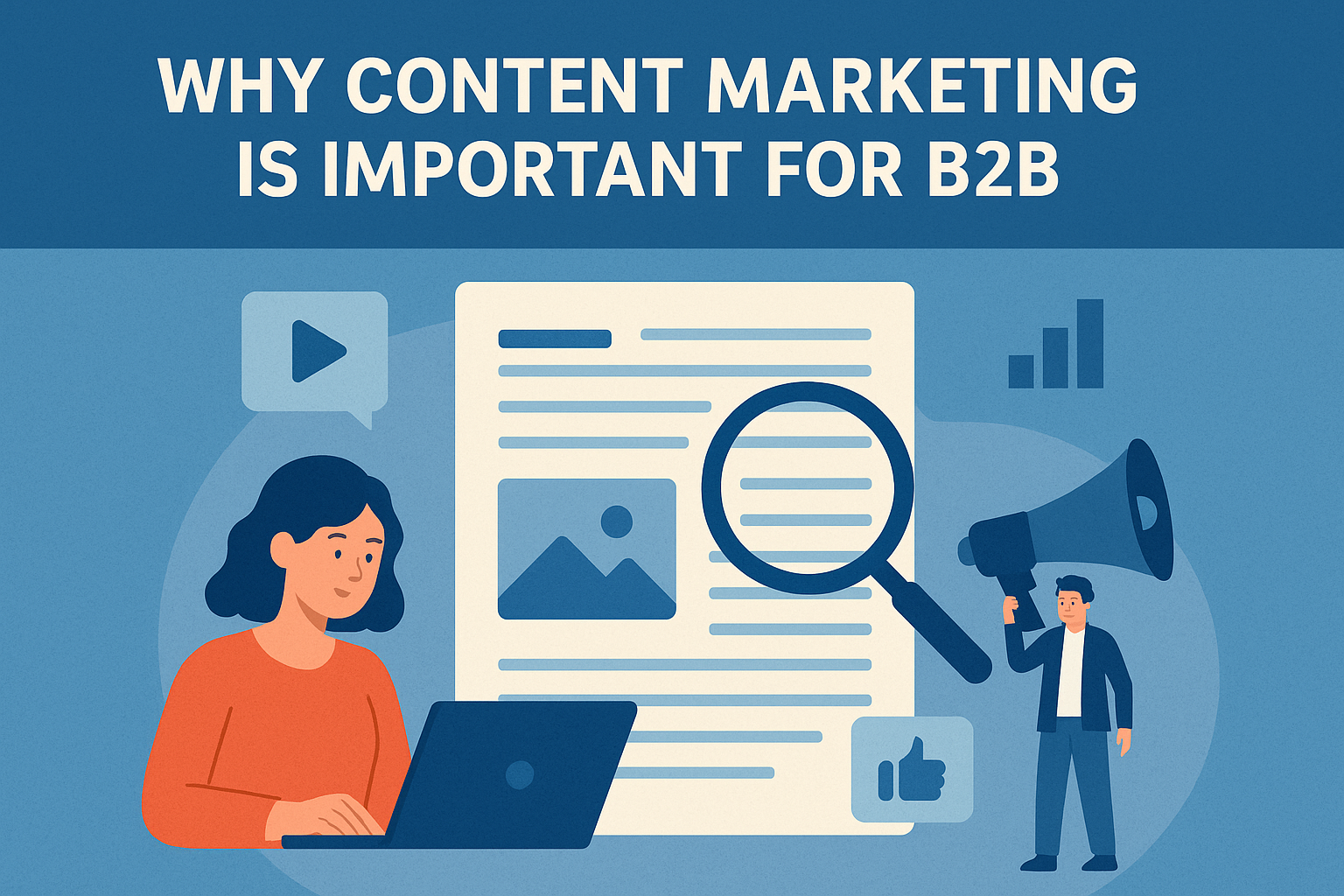
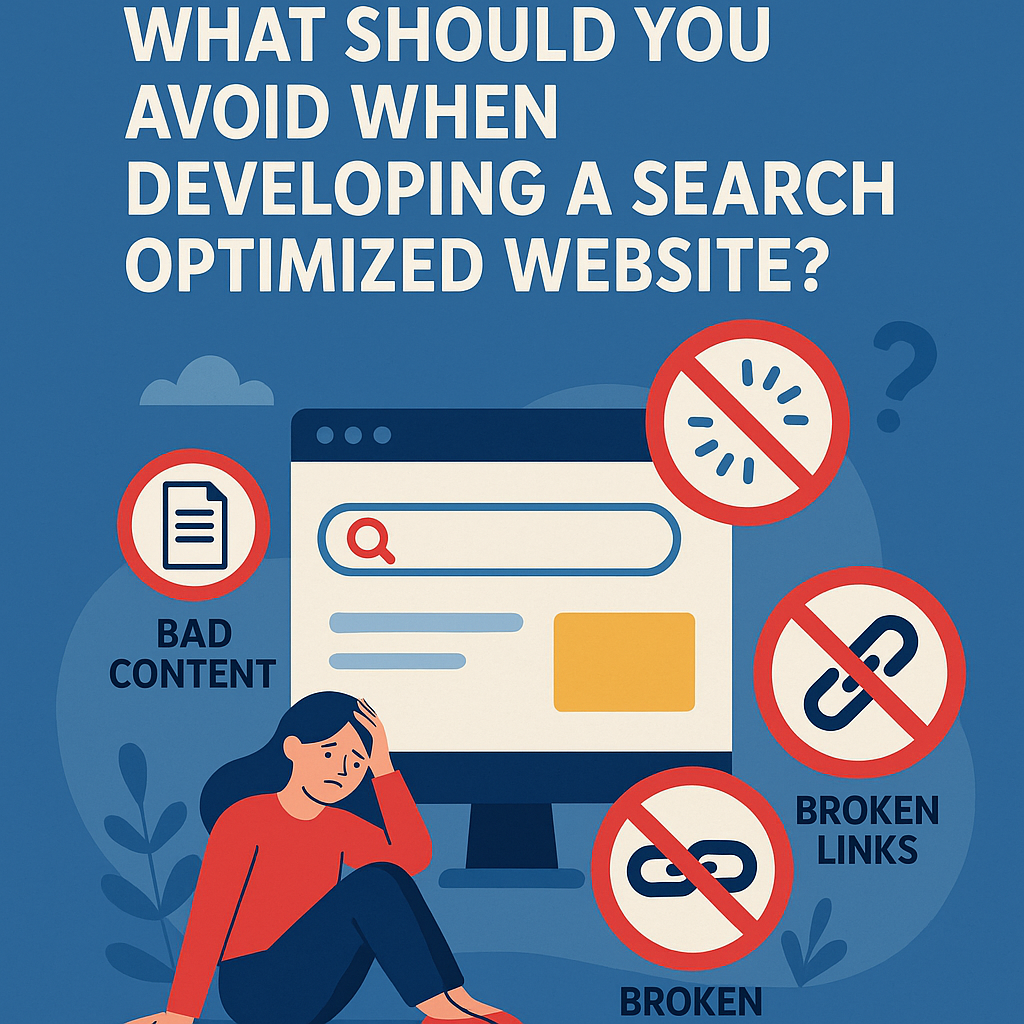
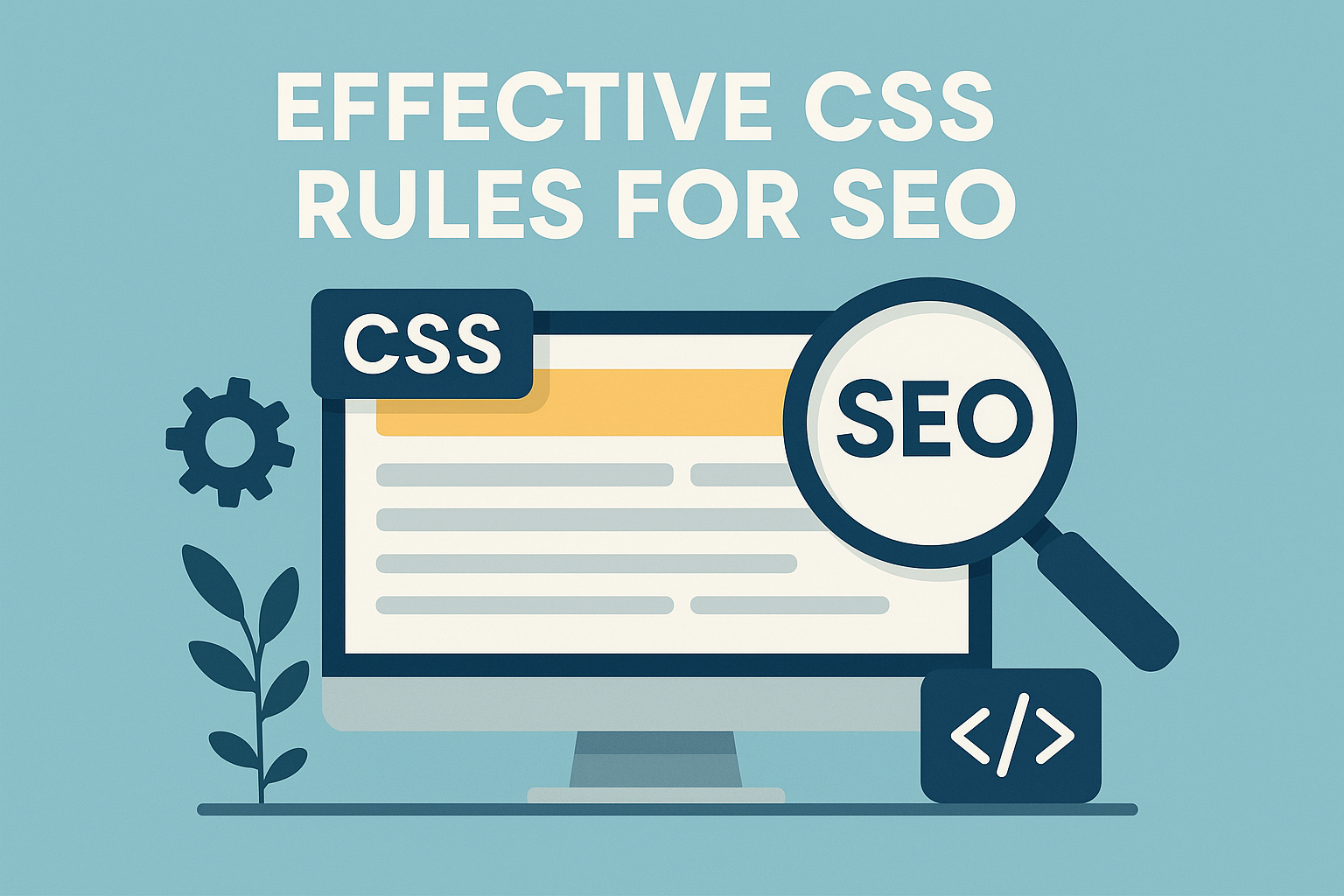

![What To Do After Keyword Research [2025 Guide]](https://backlinkmanagement.io/wp-content/uploads/2025/05/What-To-Do-After-Keyword-Research.png)
![Is Page Speed Really A Ranking Factor? [2025]](https://backlinkmanagement.io/wp-content/uploads/2025/05/Is-Page-Speed-Really-A-Ranking-Factor.png)
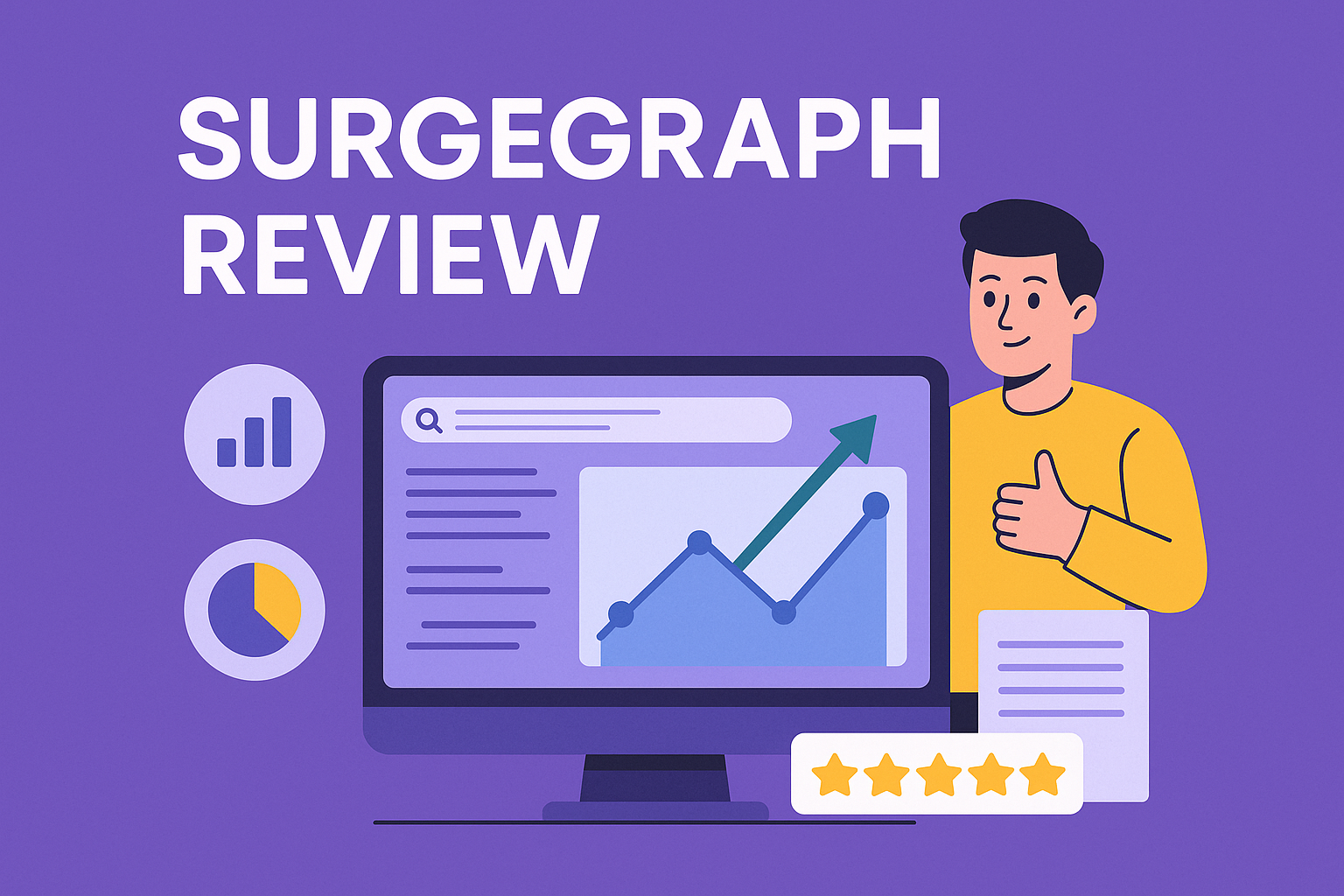





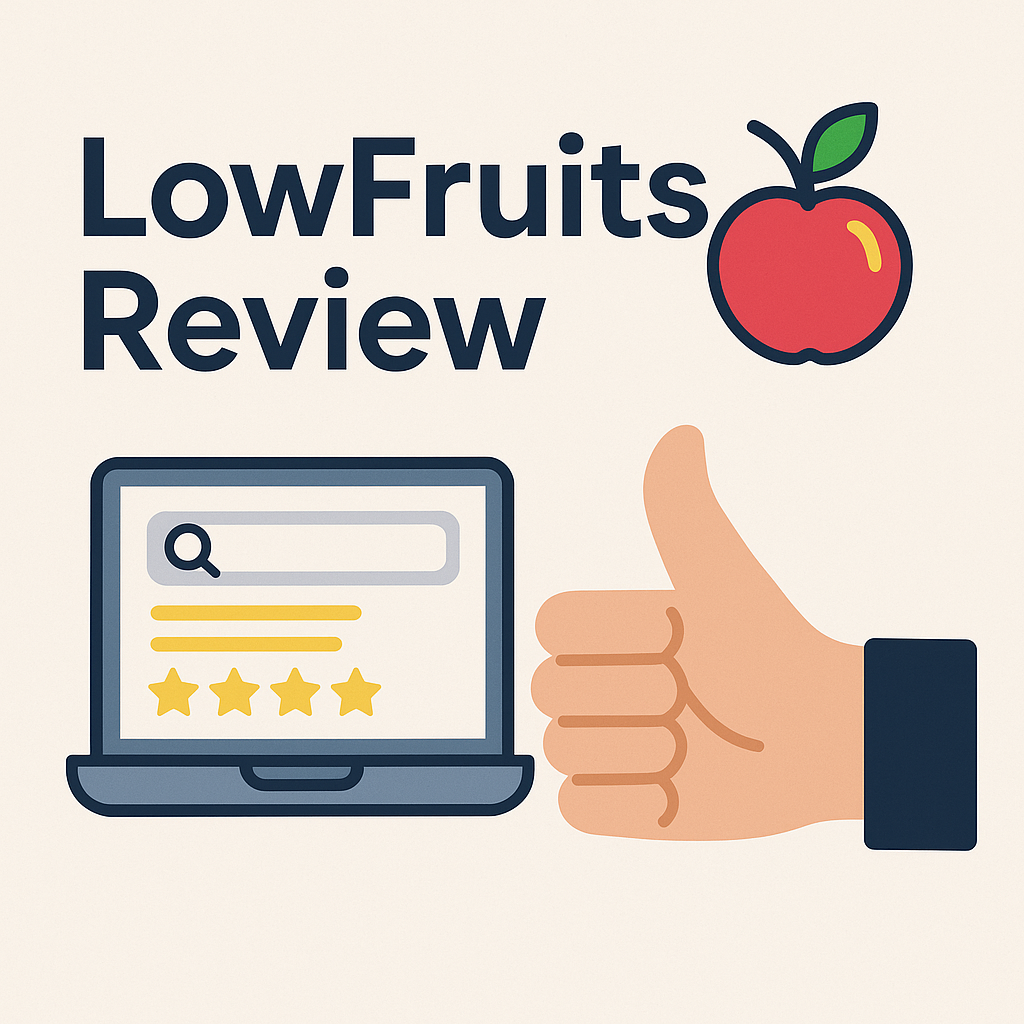

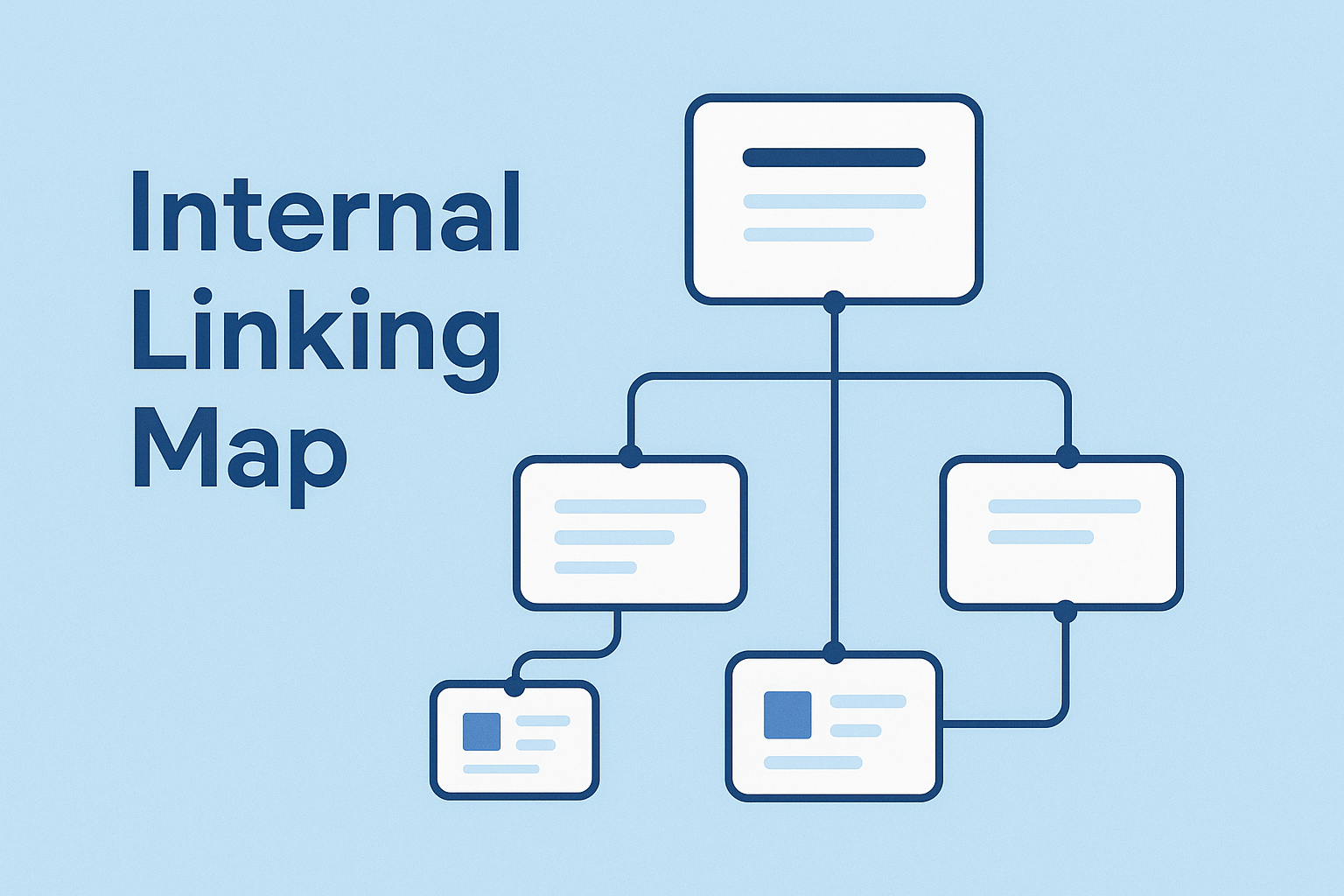

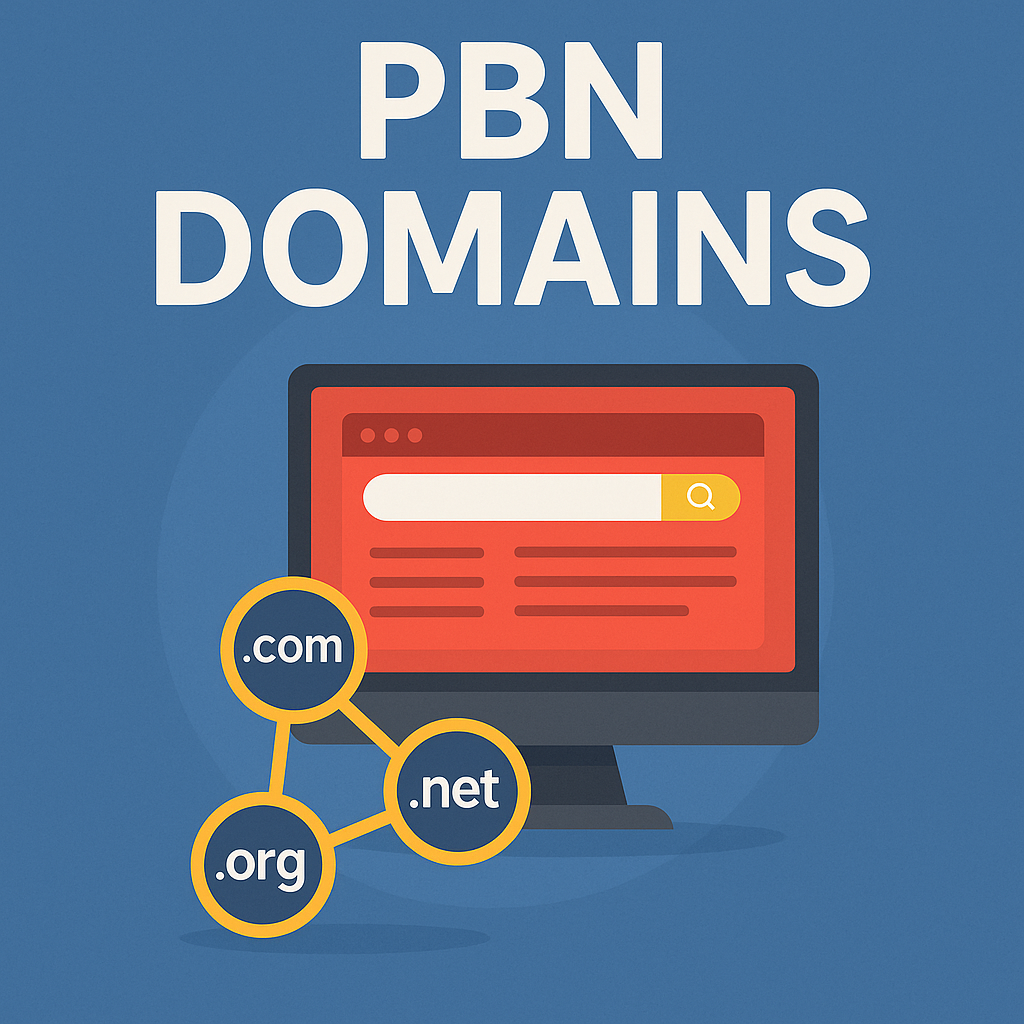
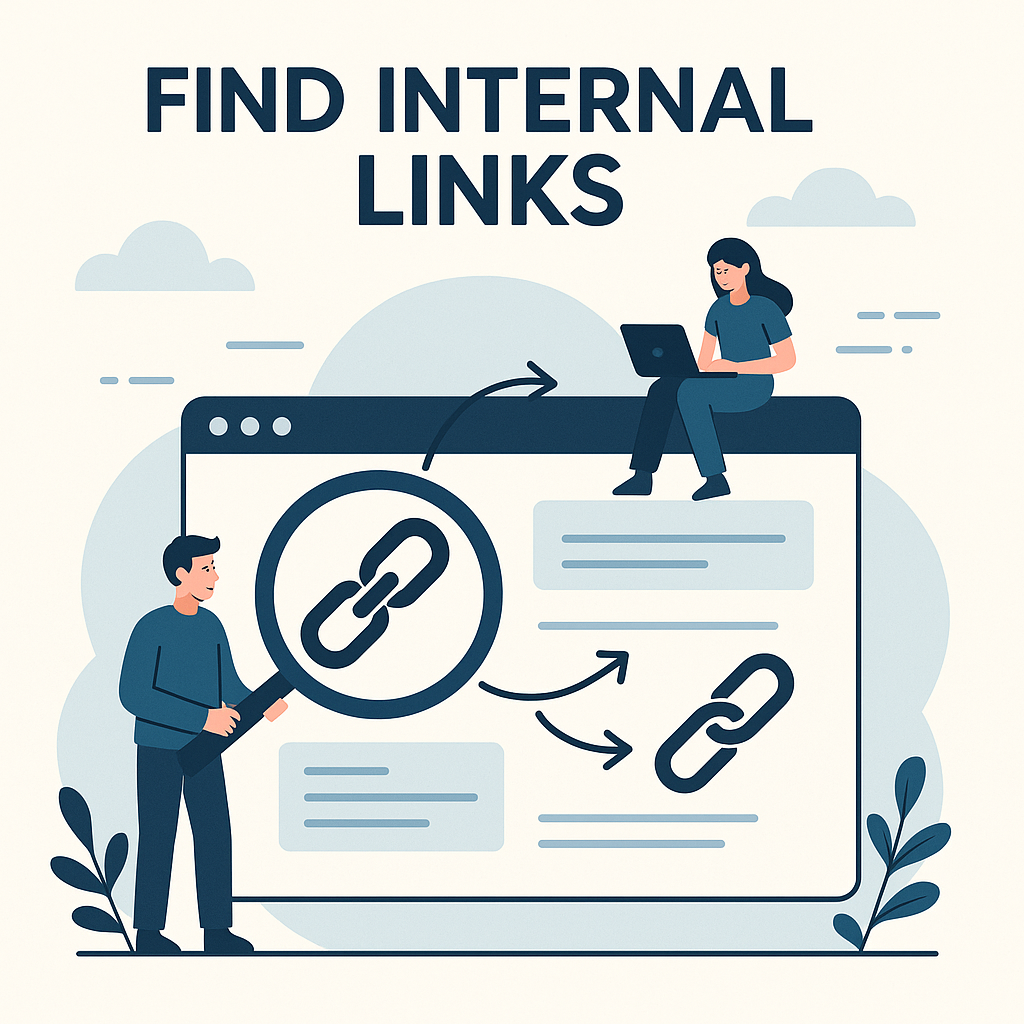
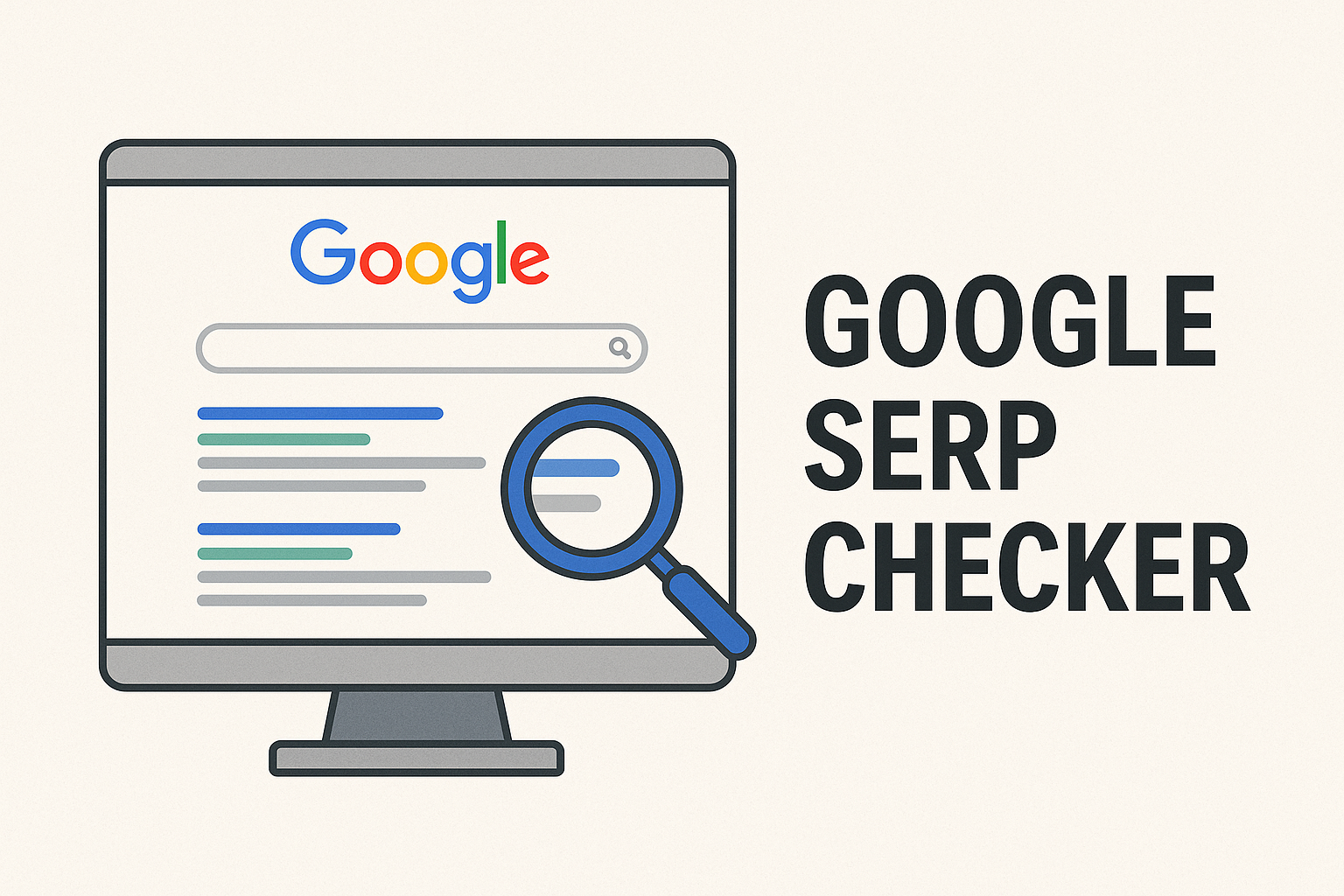
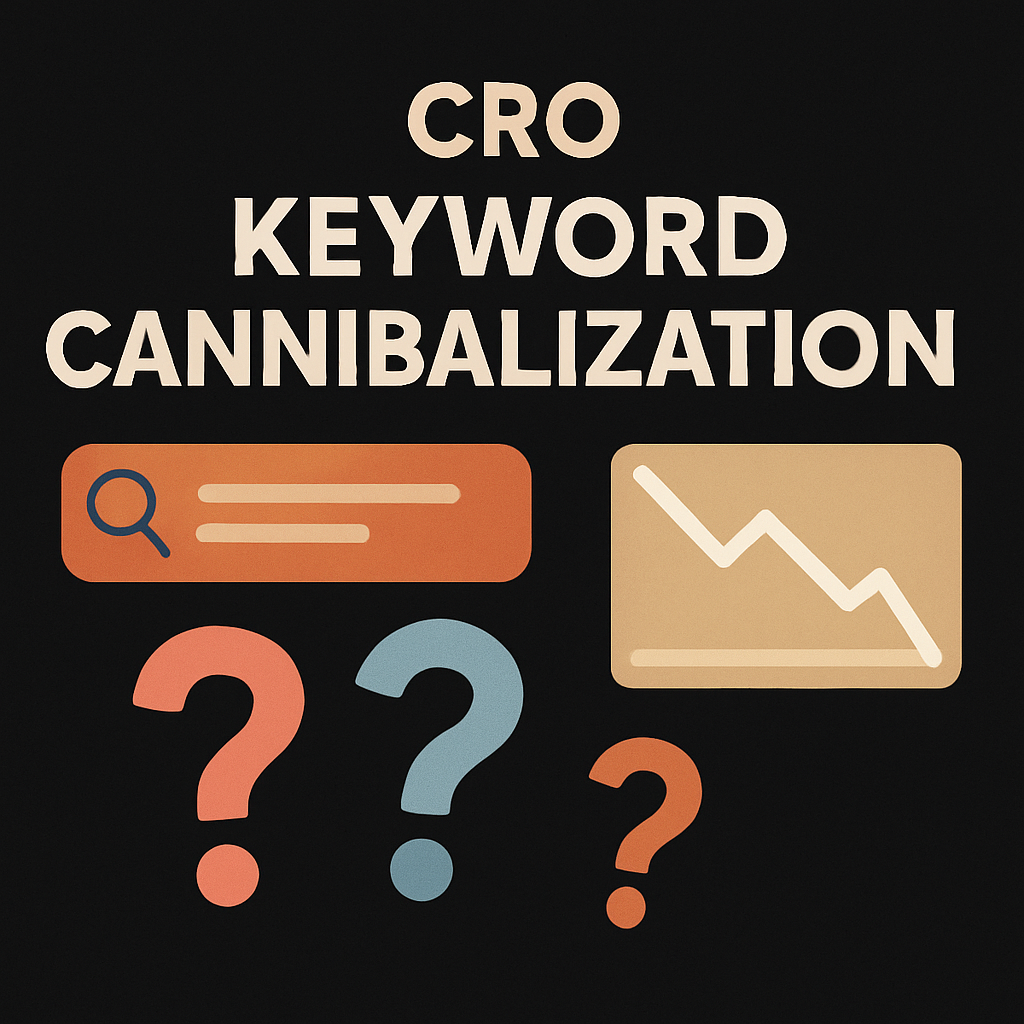




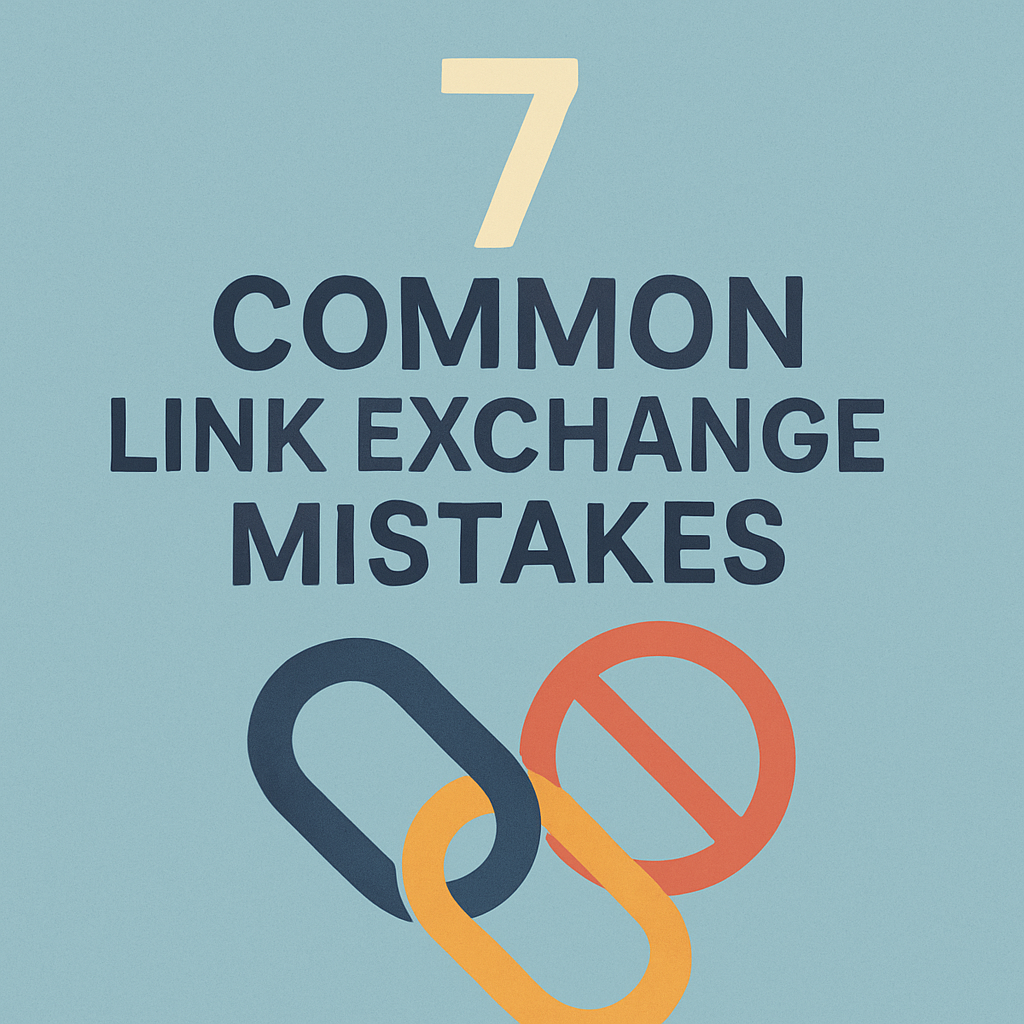

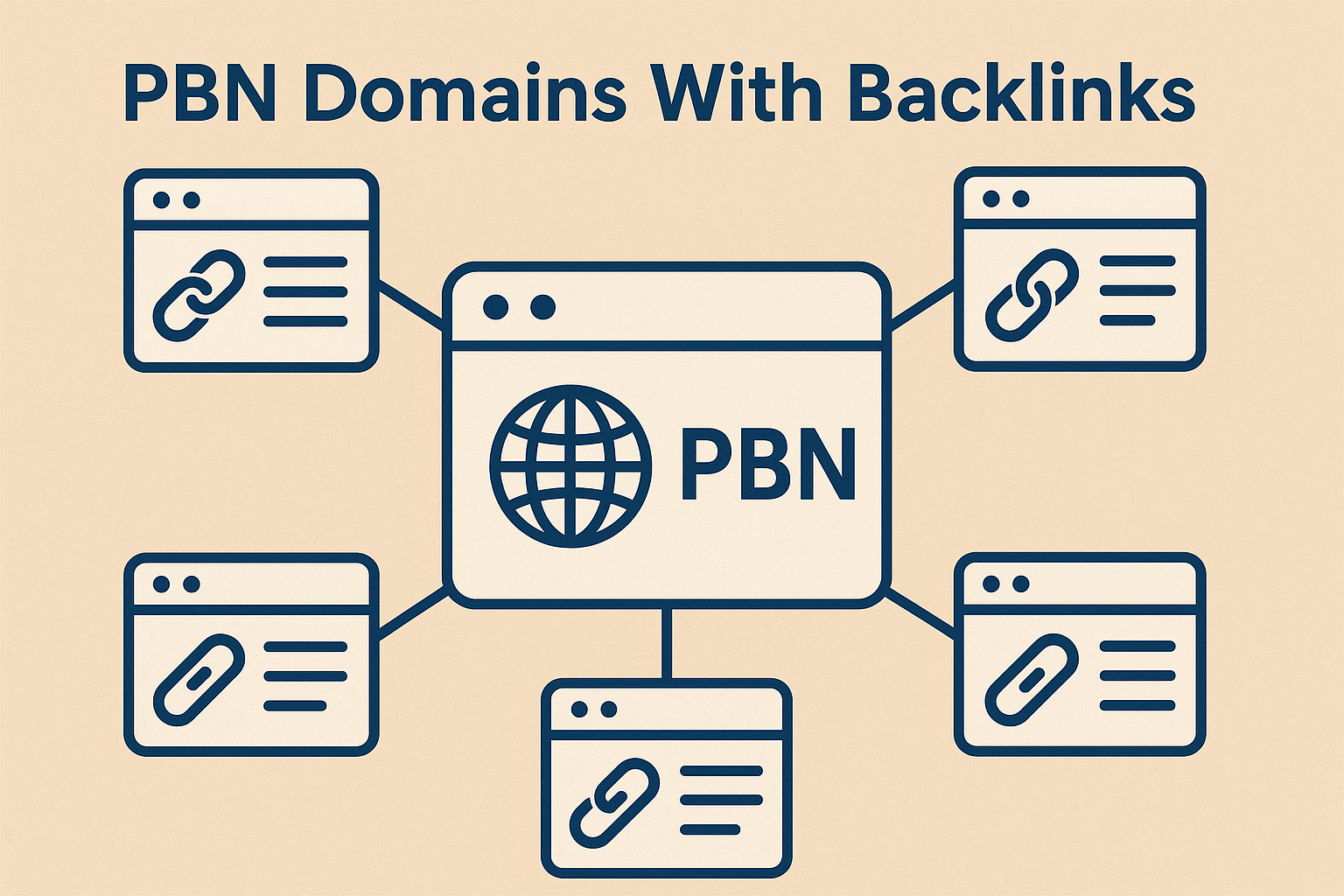
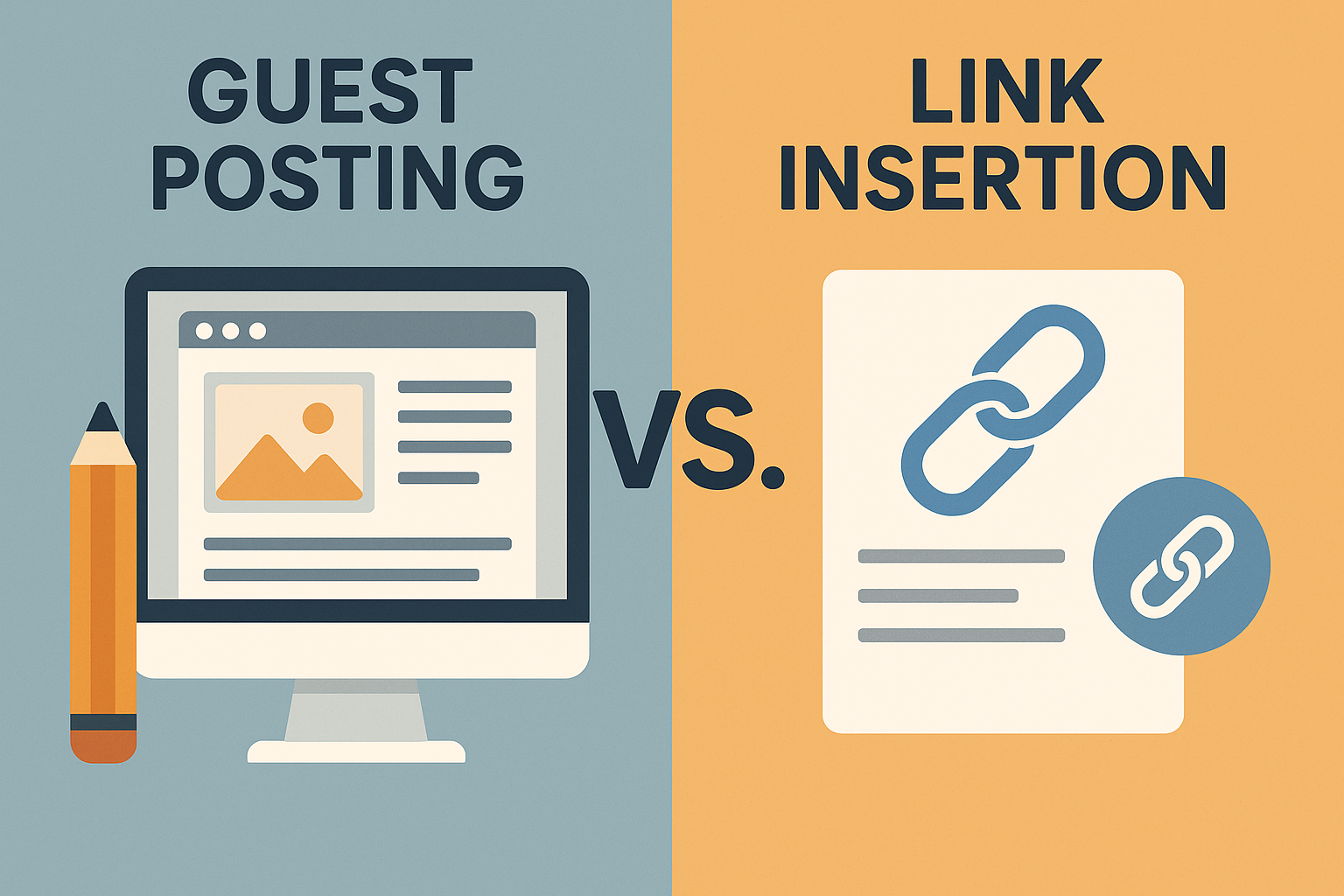



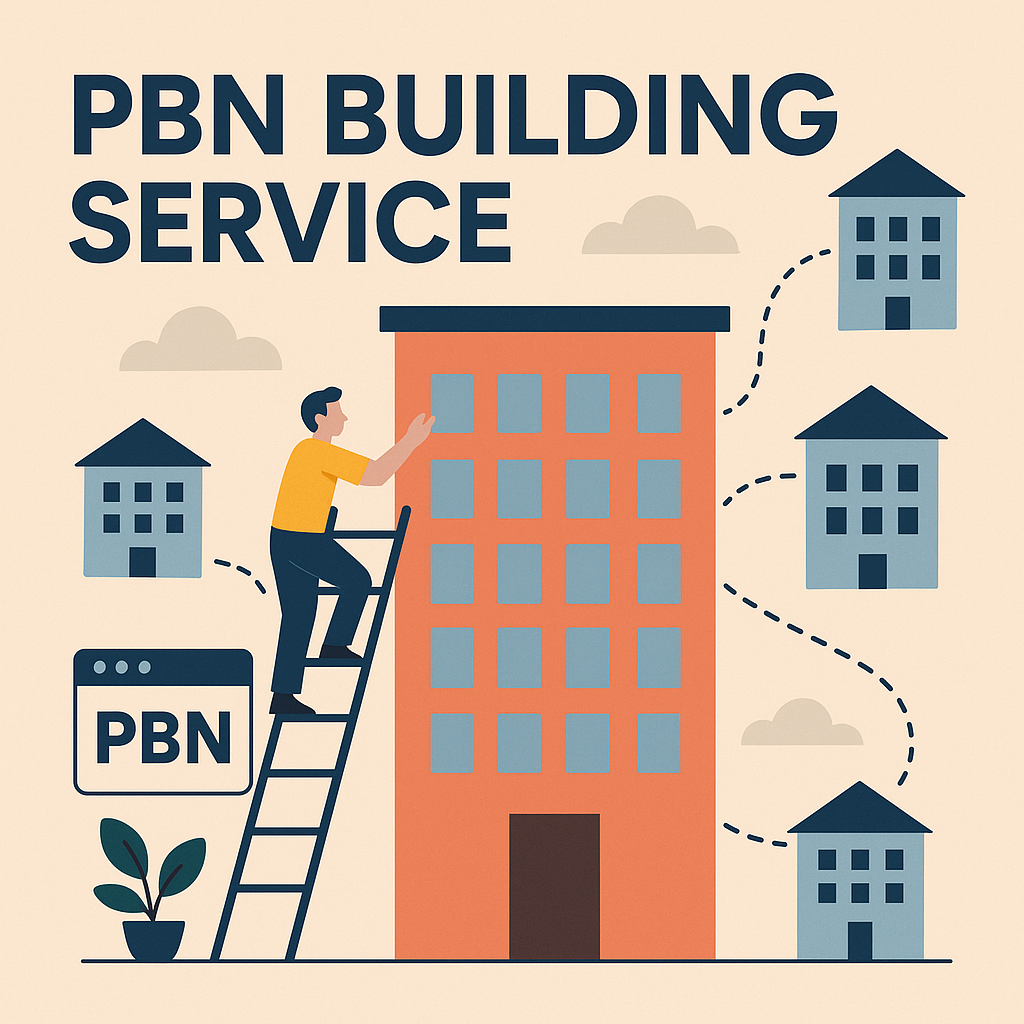
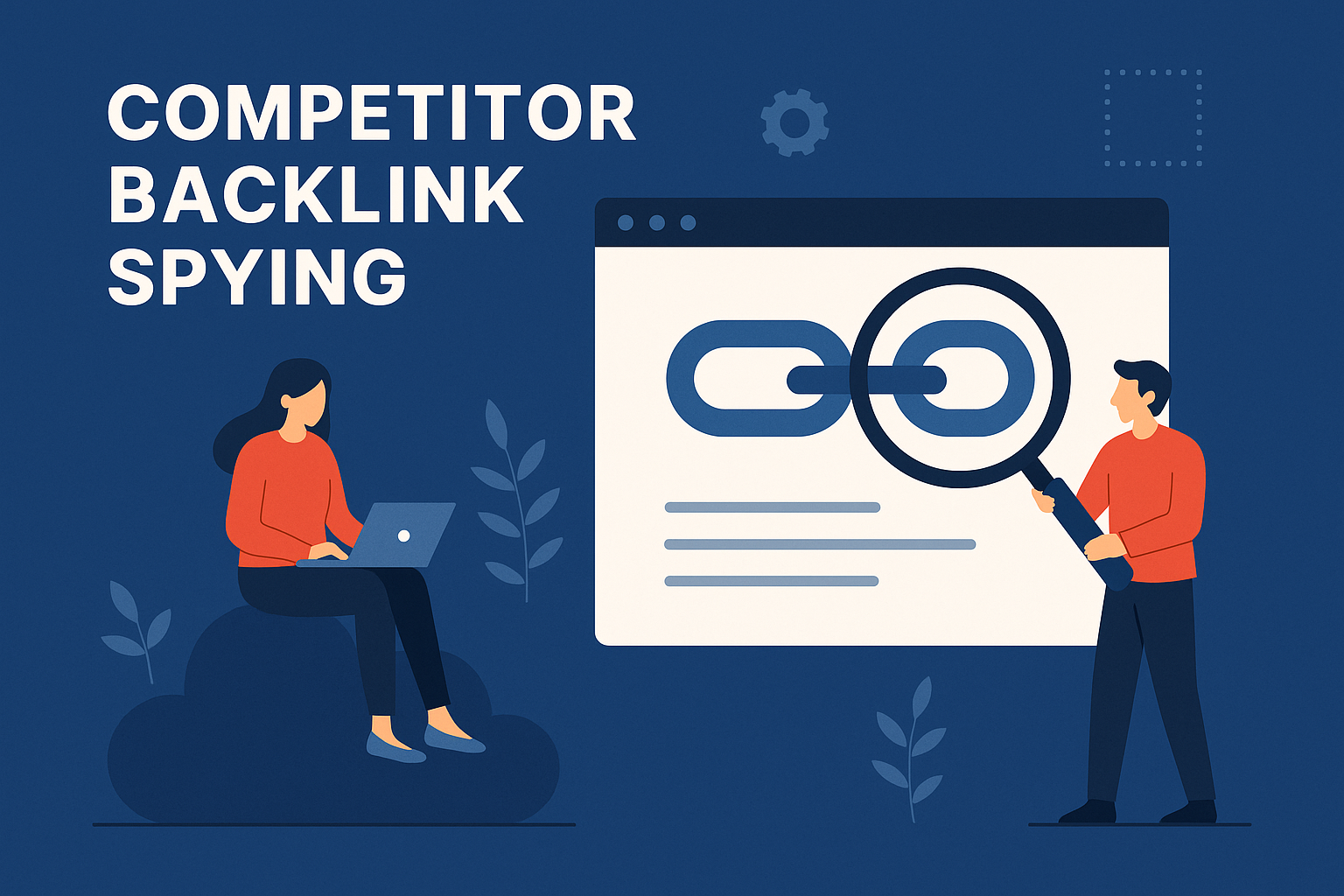
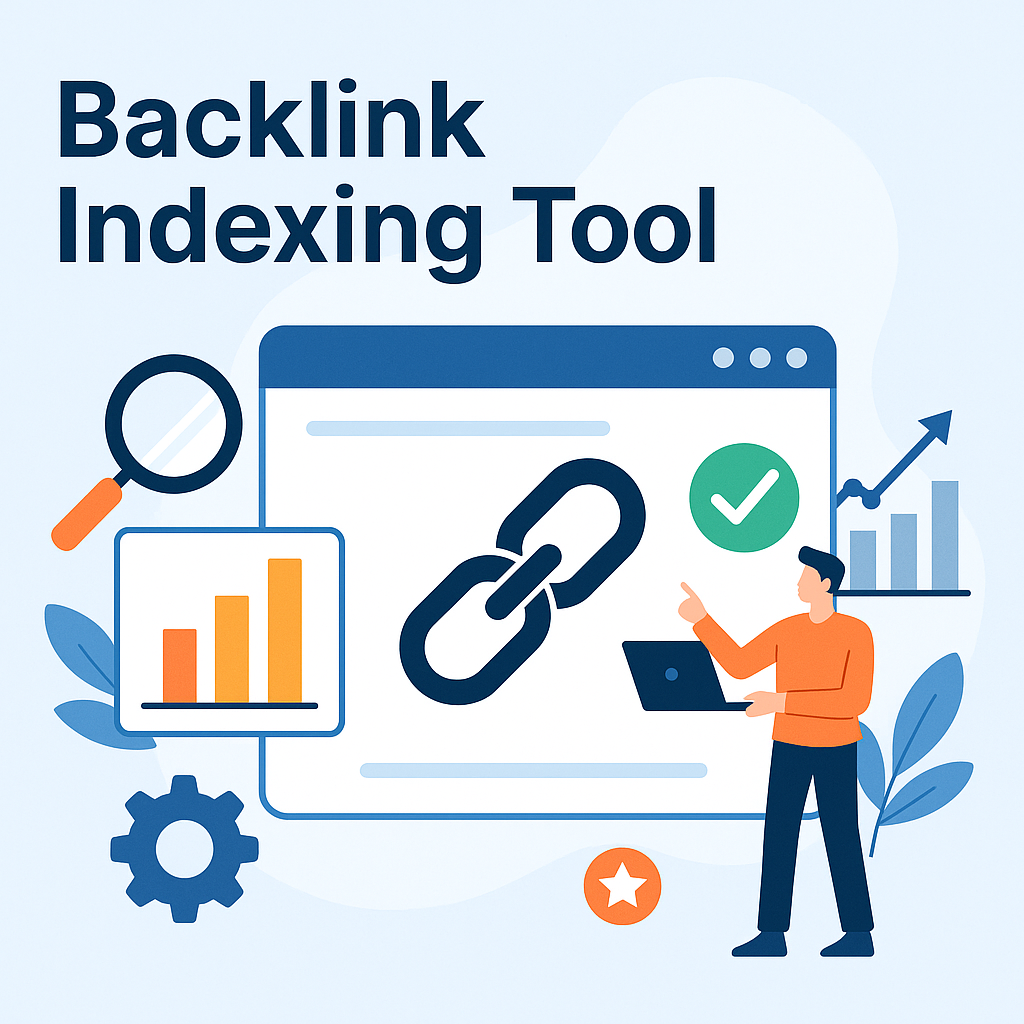



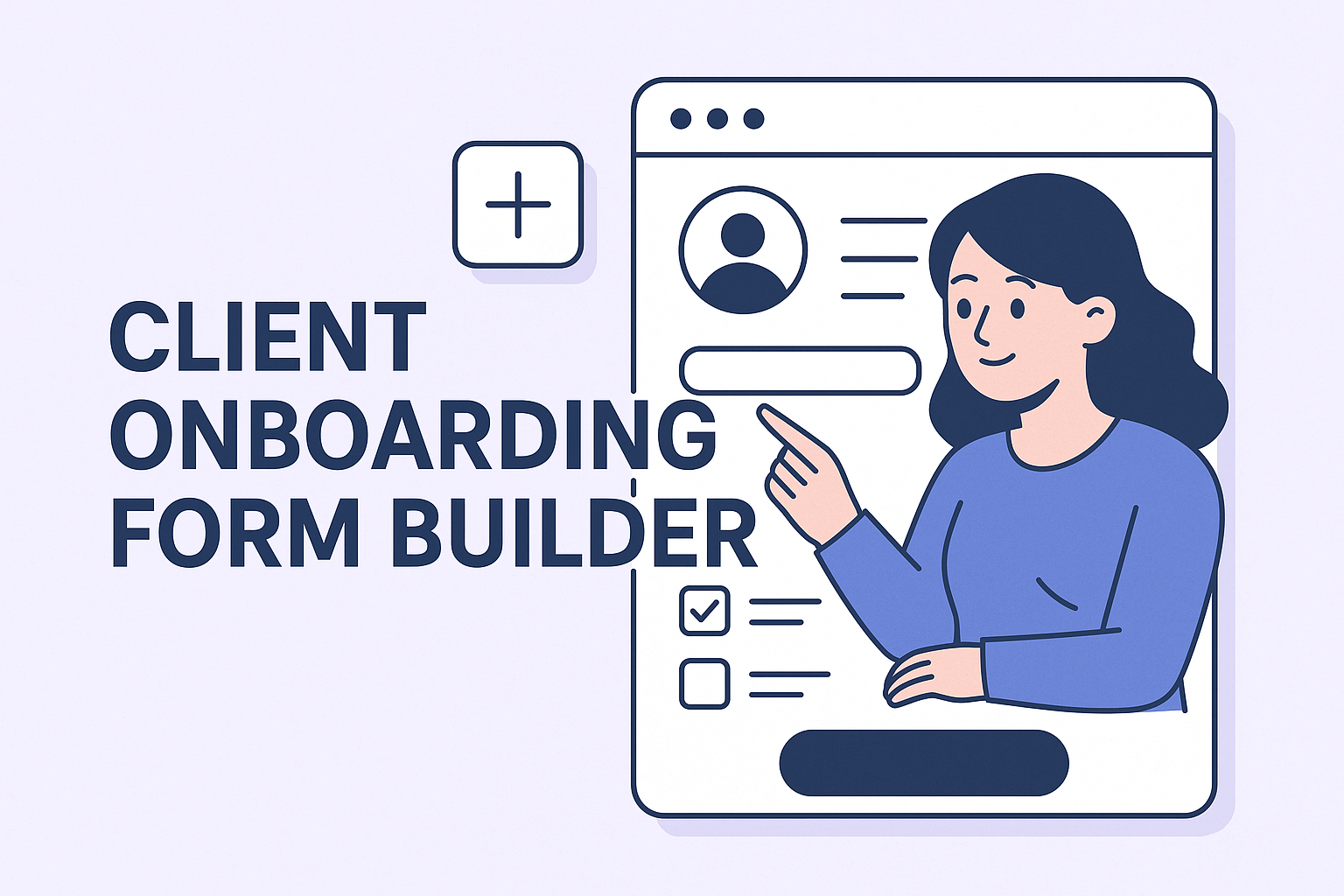
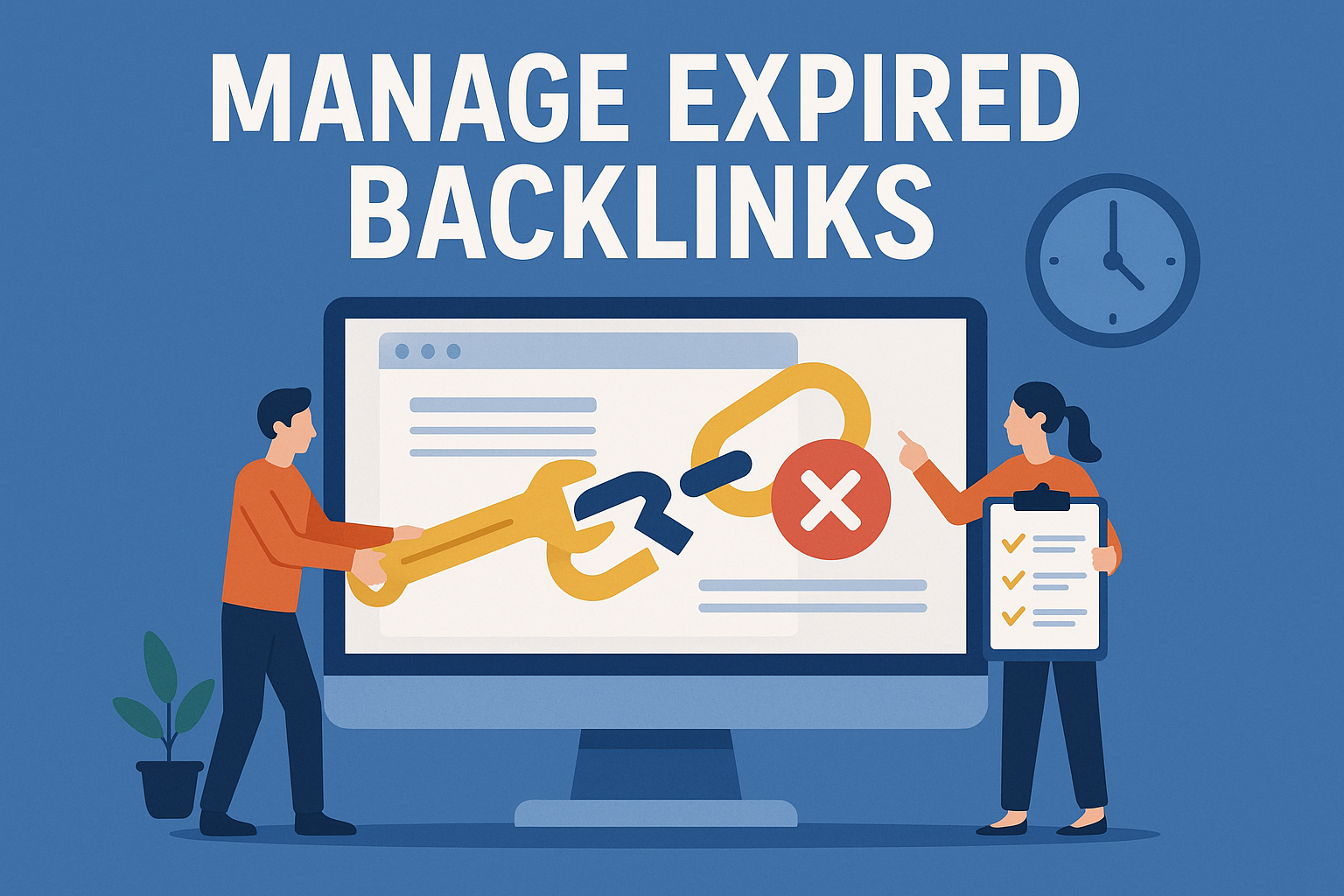
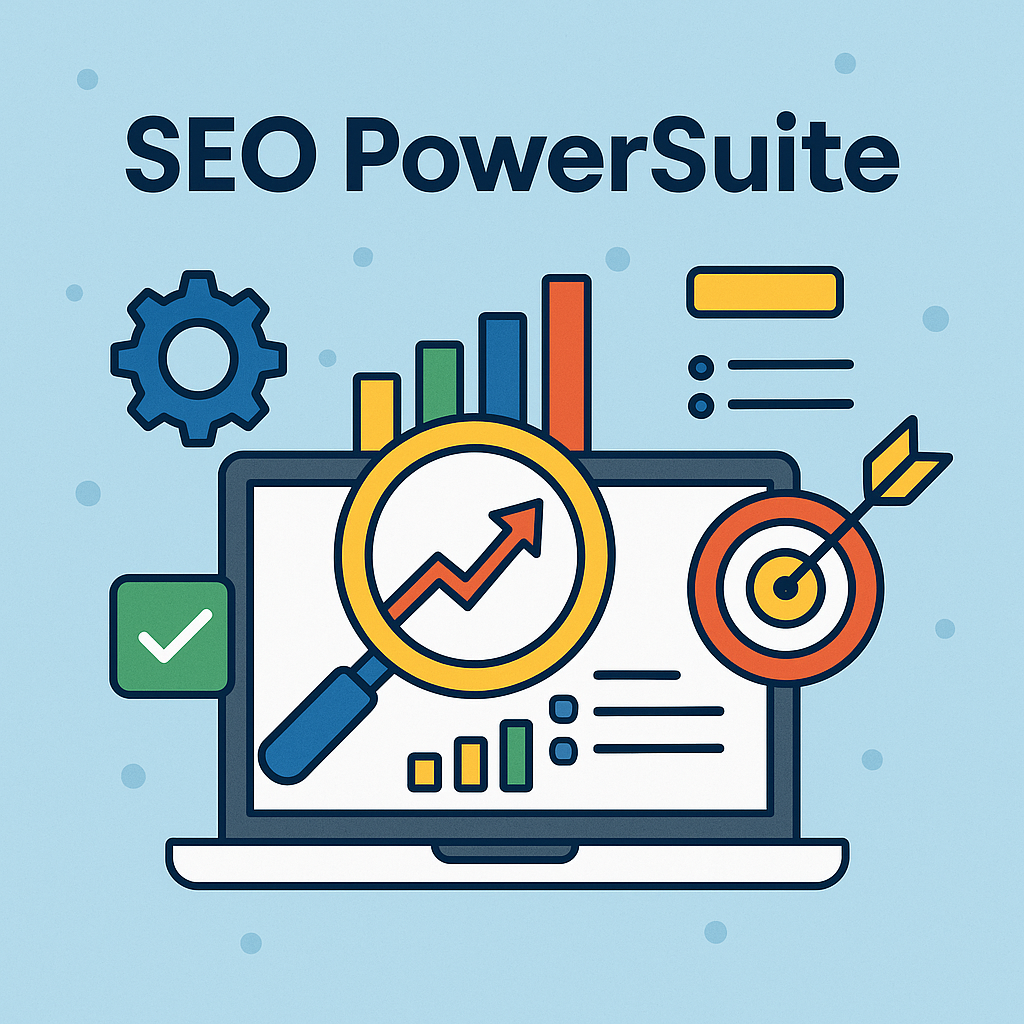

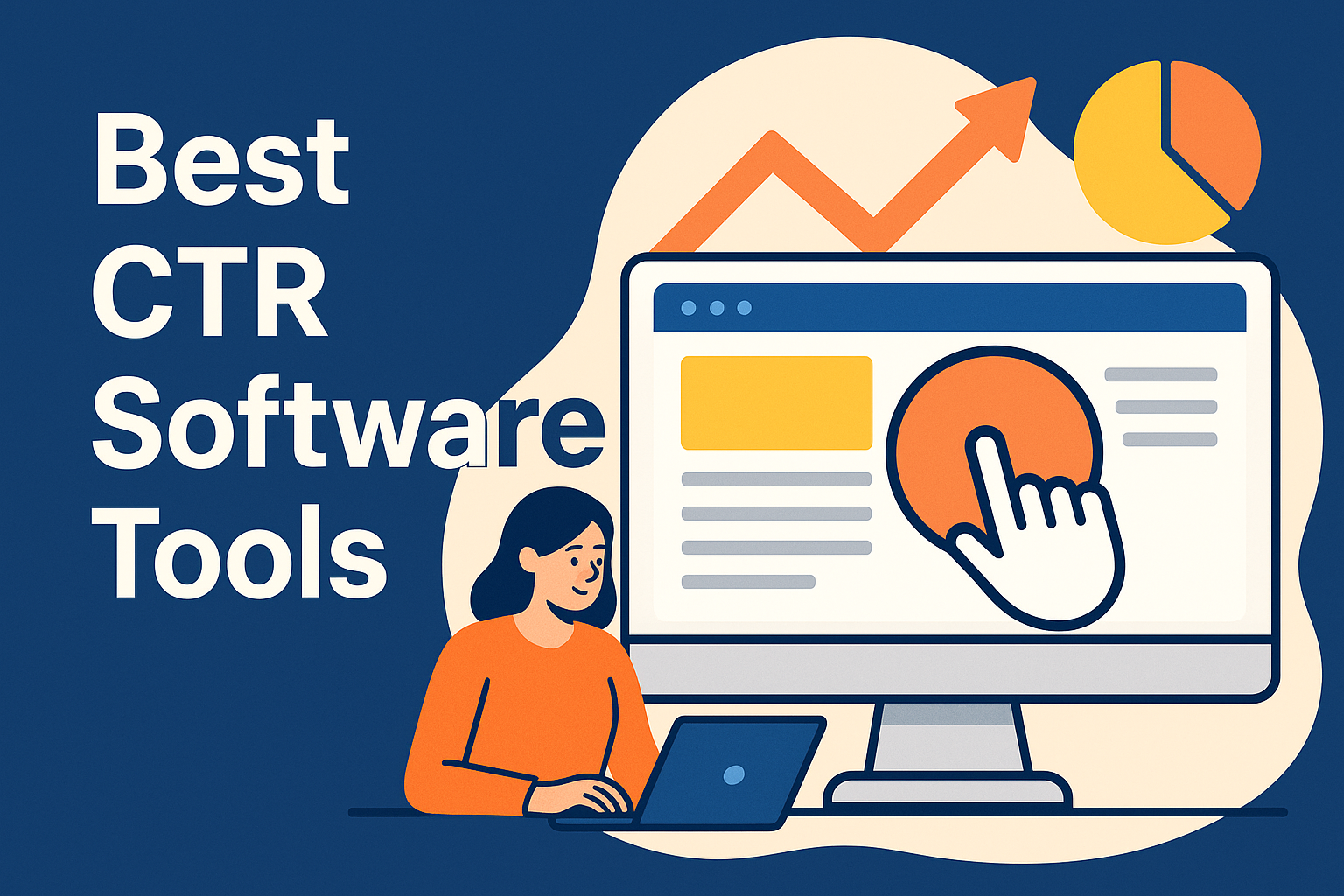

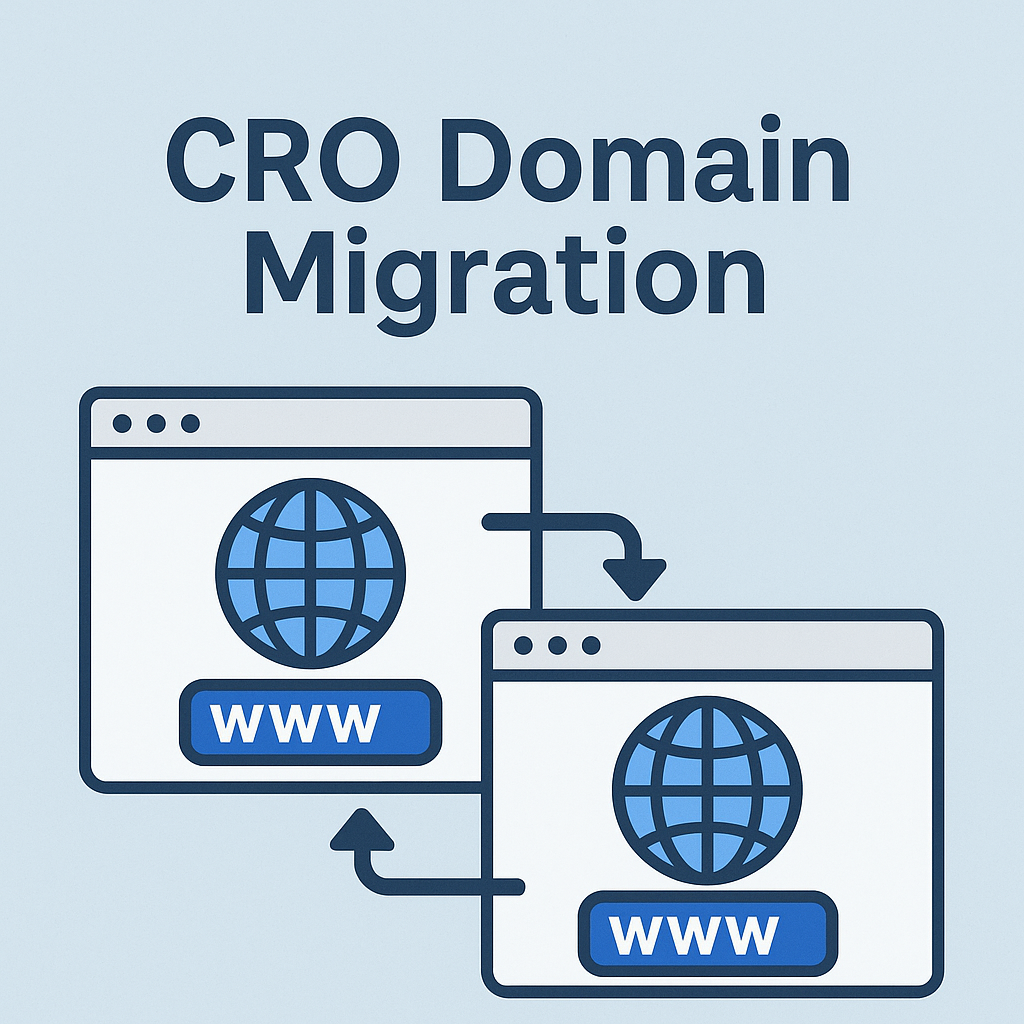

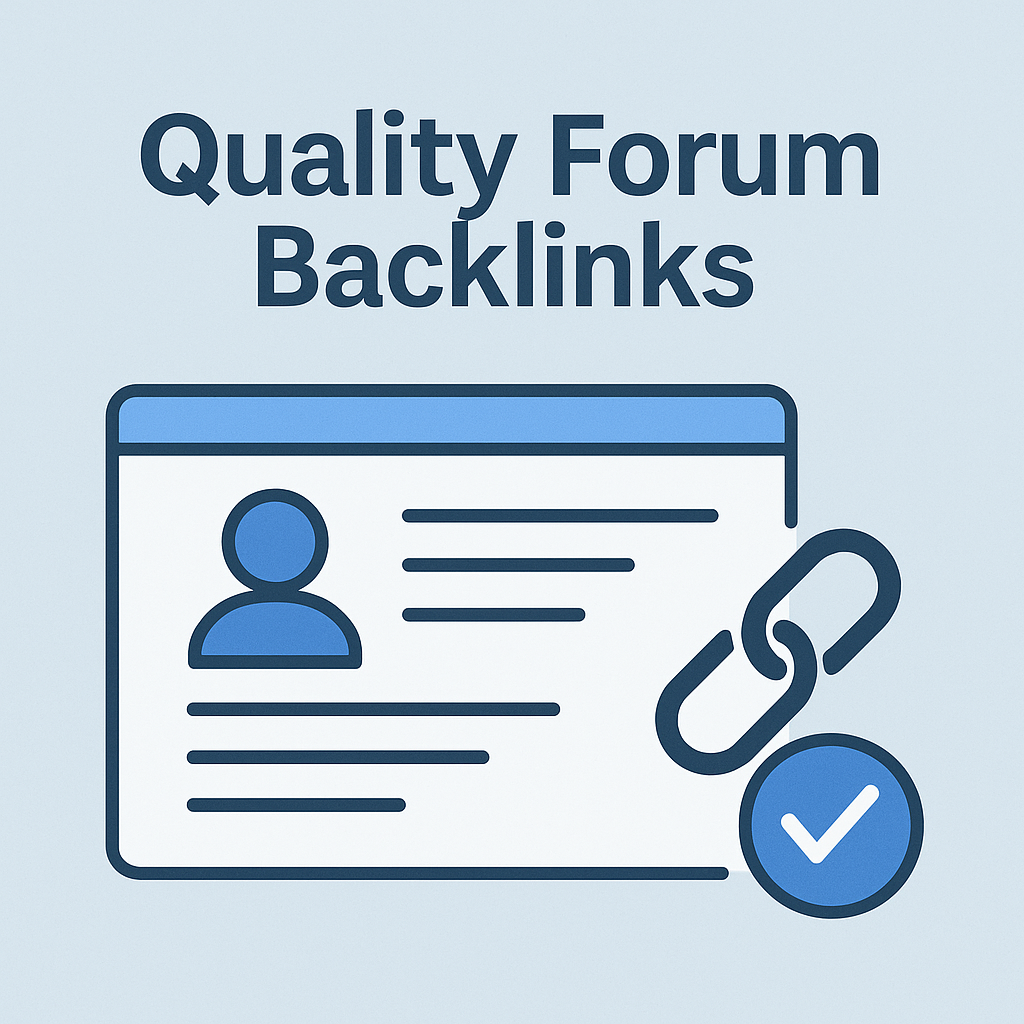
![Best Link Exchange Sites [Free & Safe] – Top 5 Picks](https://backlinkmanagement.io/wp-content/uploads/2025/04/Free-Link-Exchange.png)


